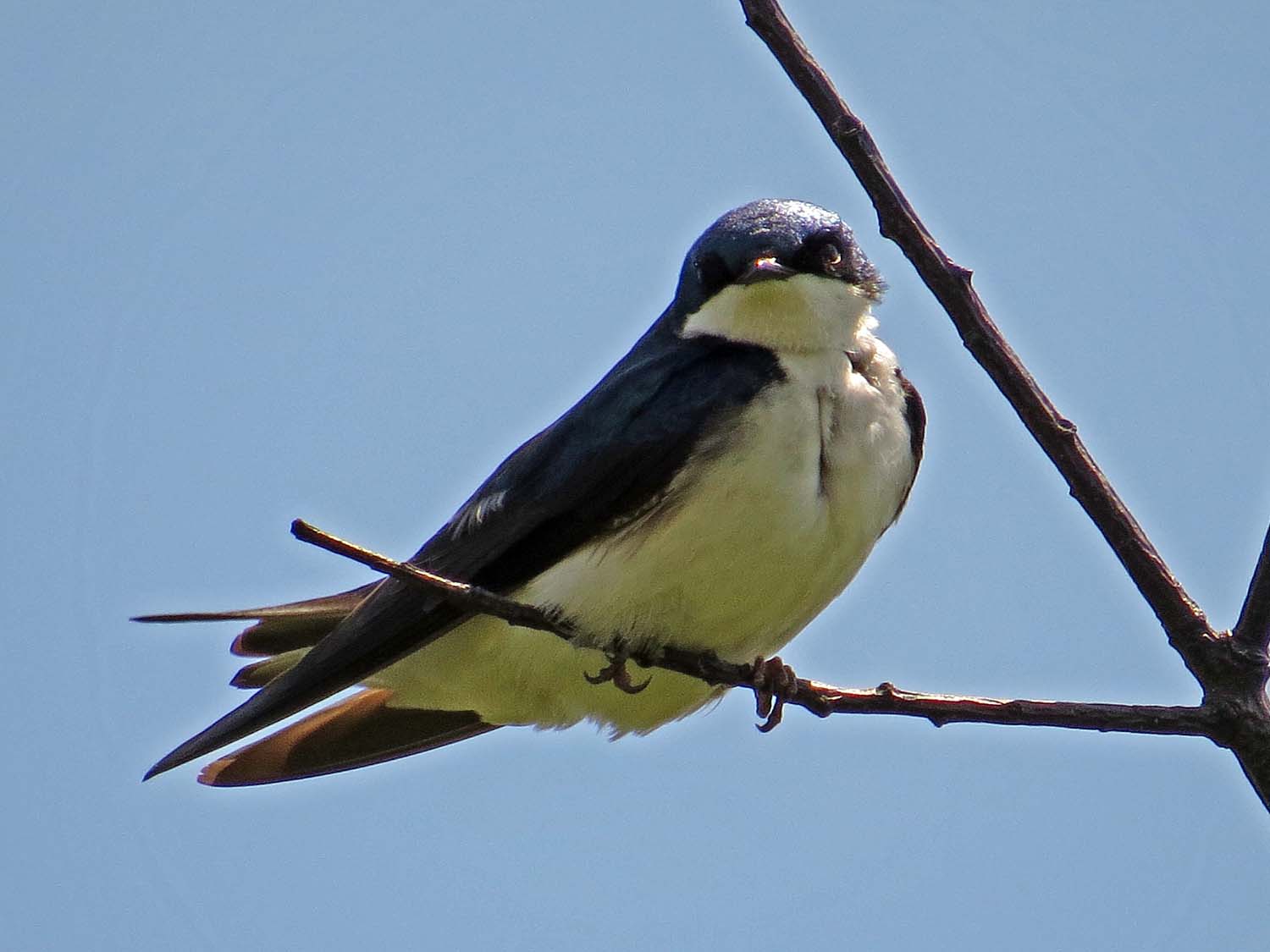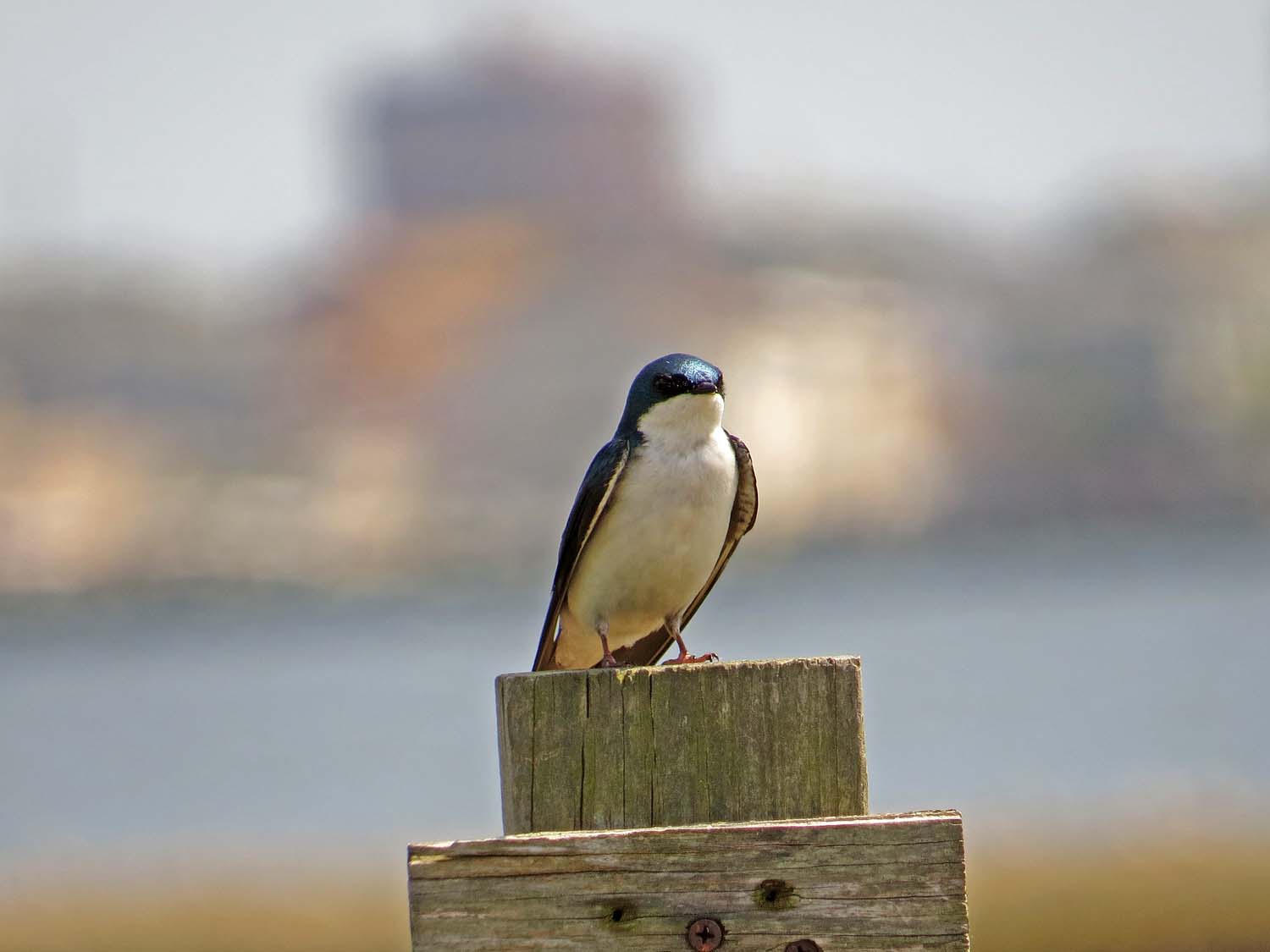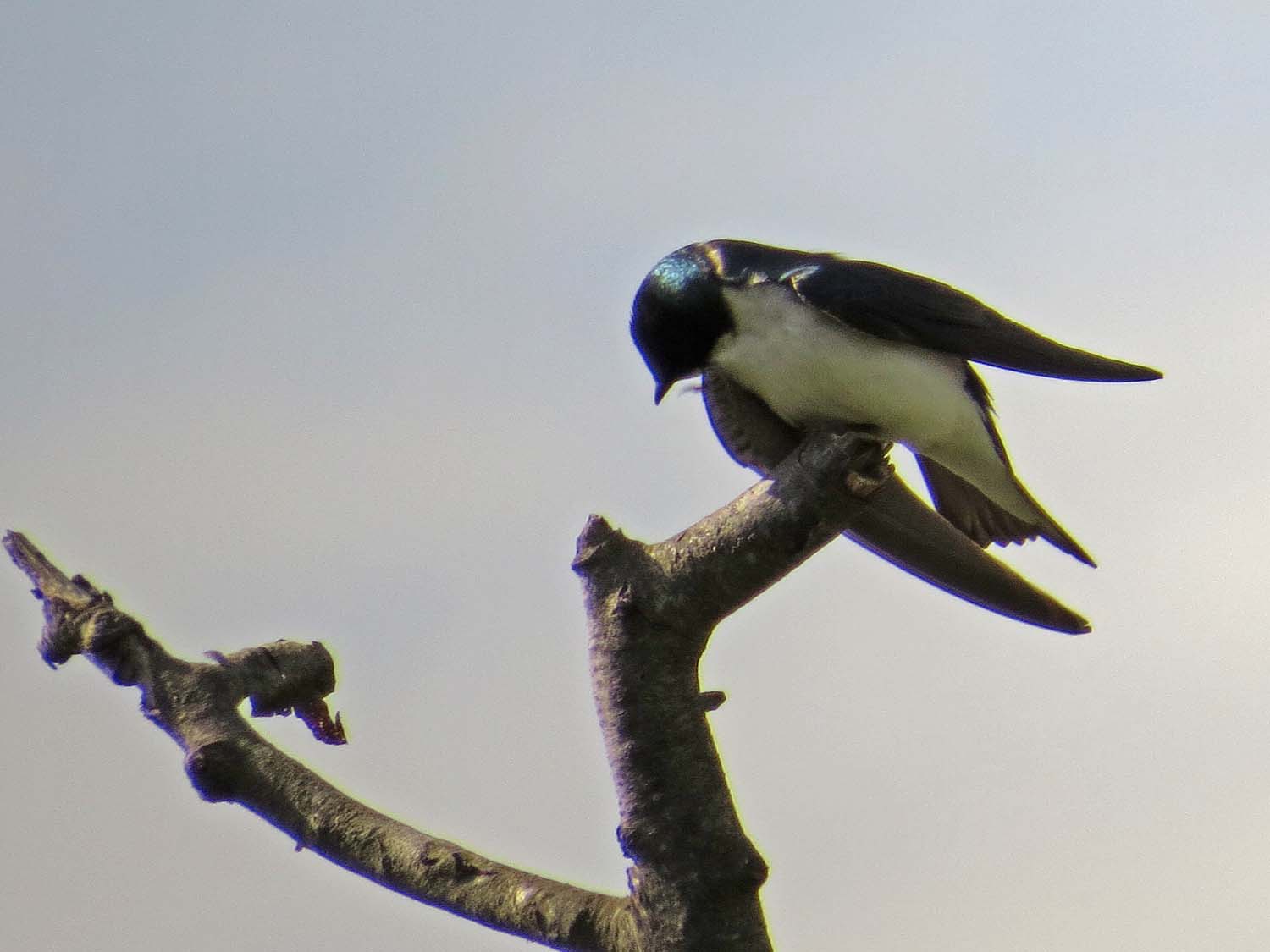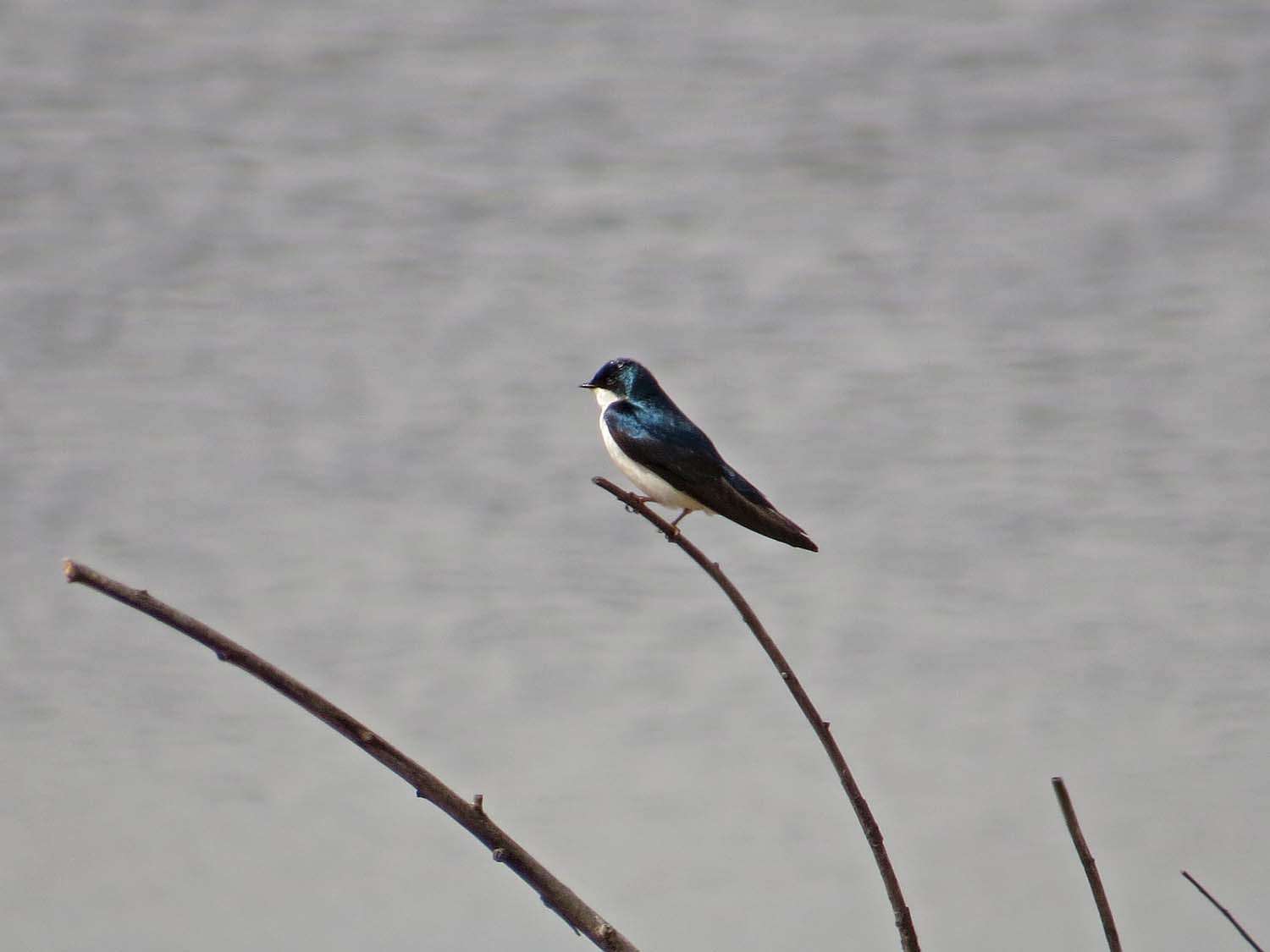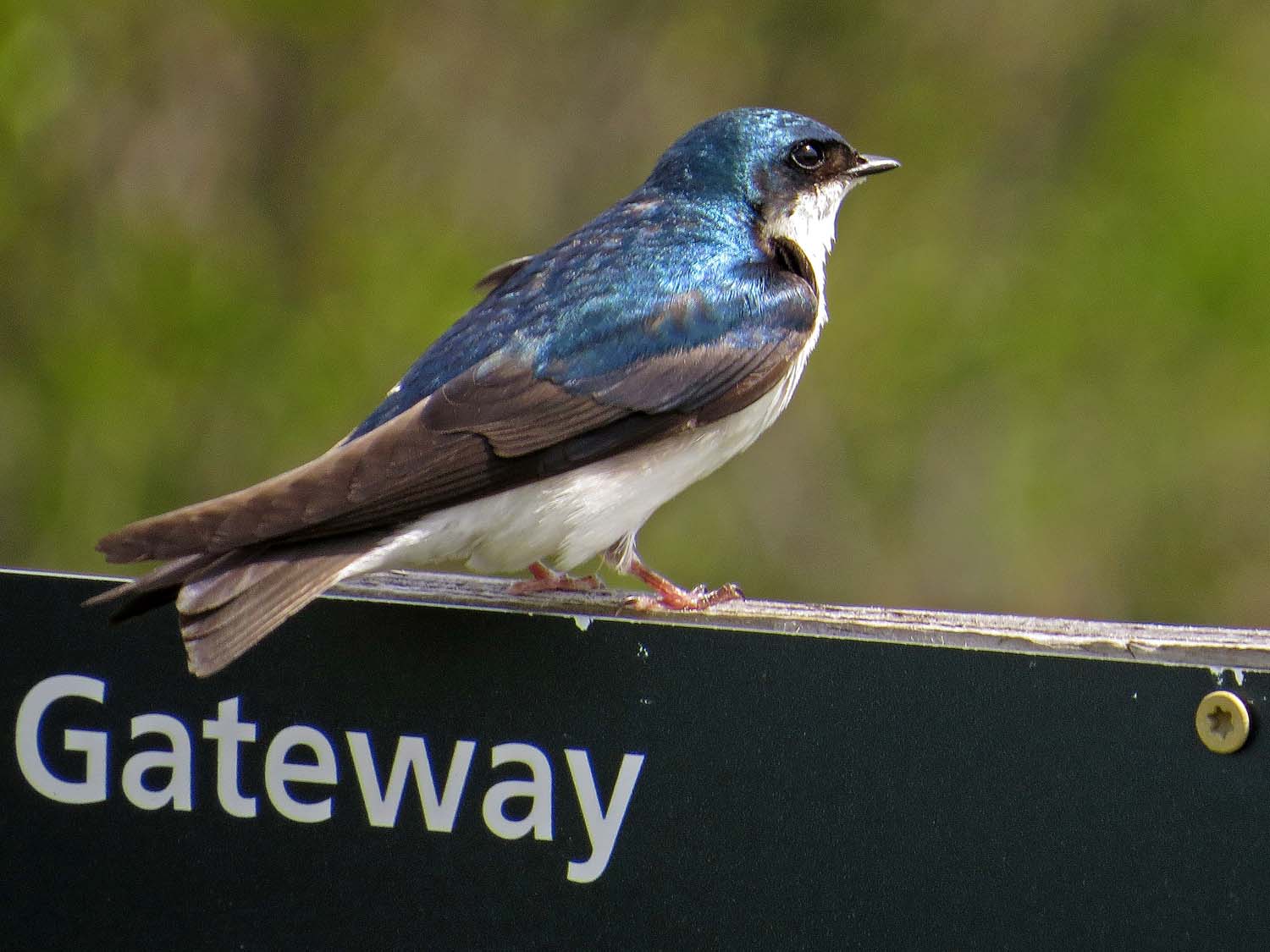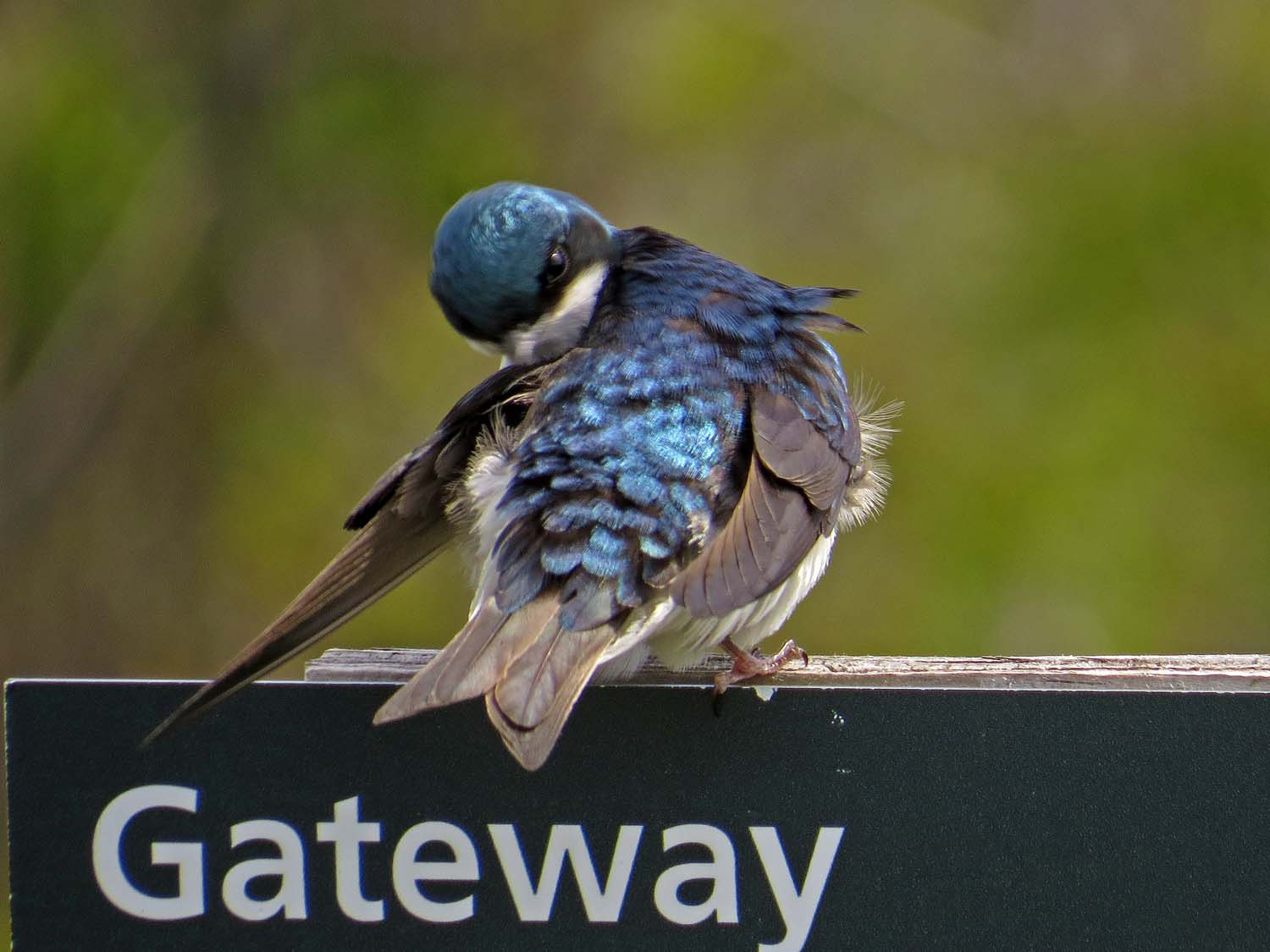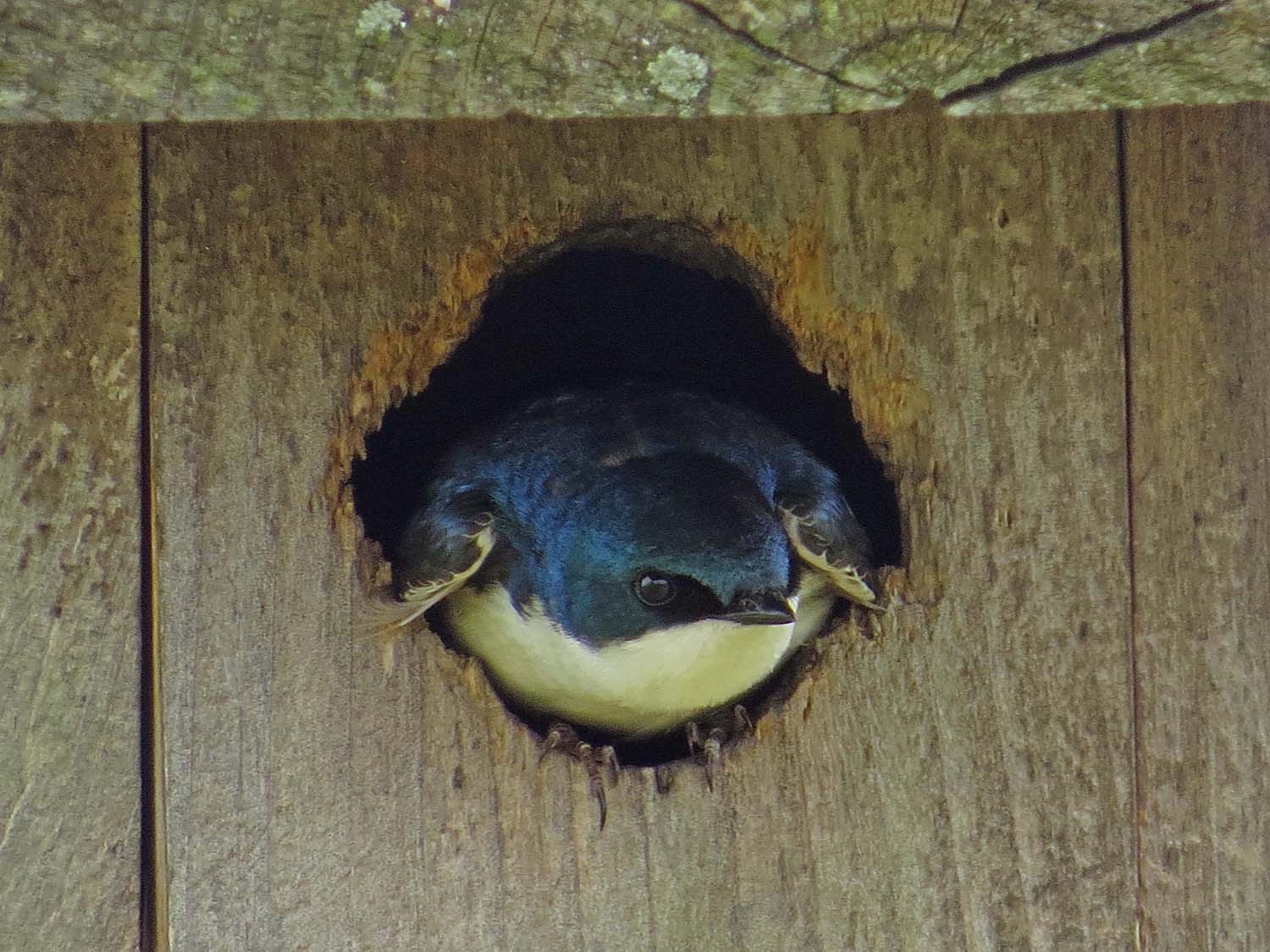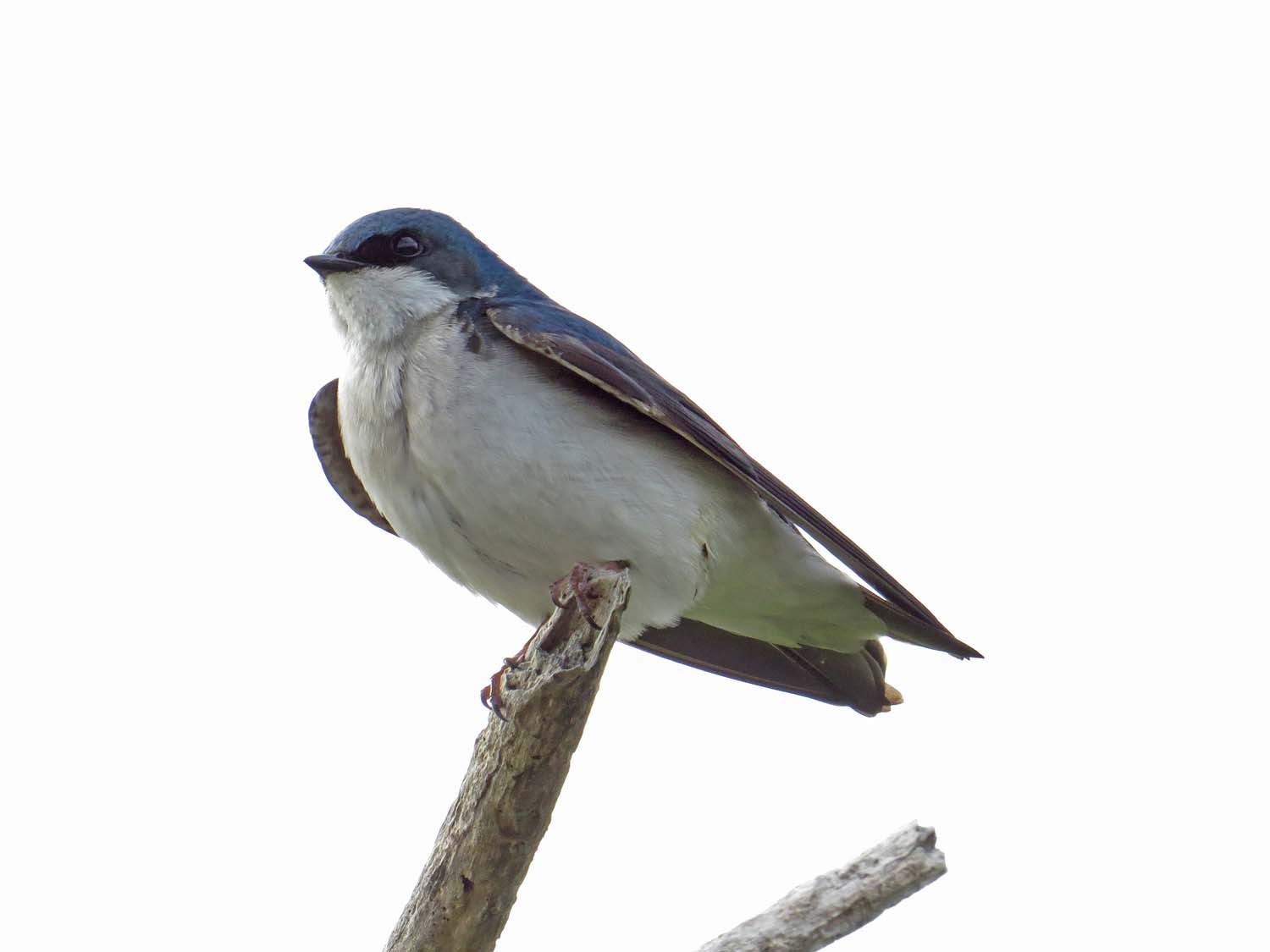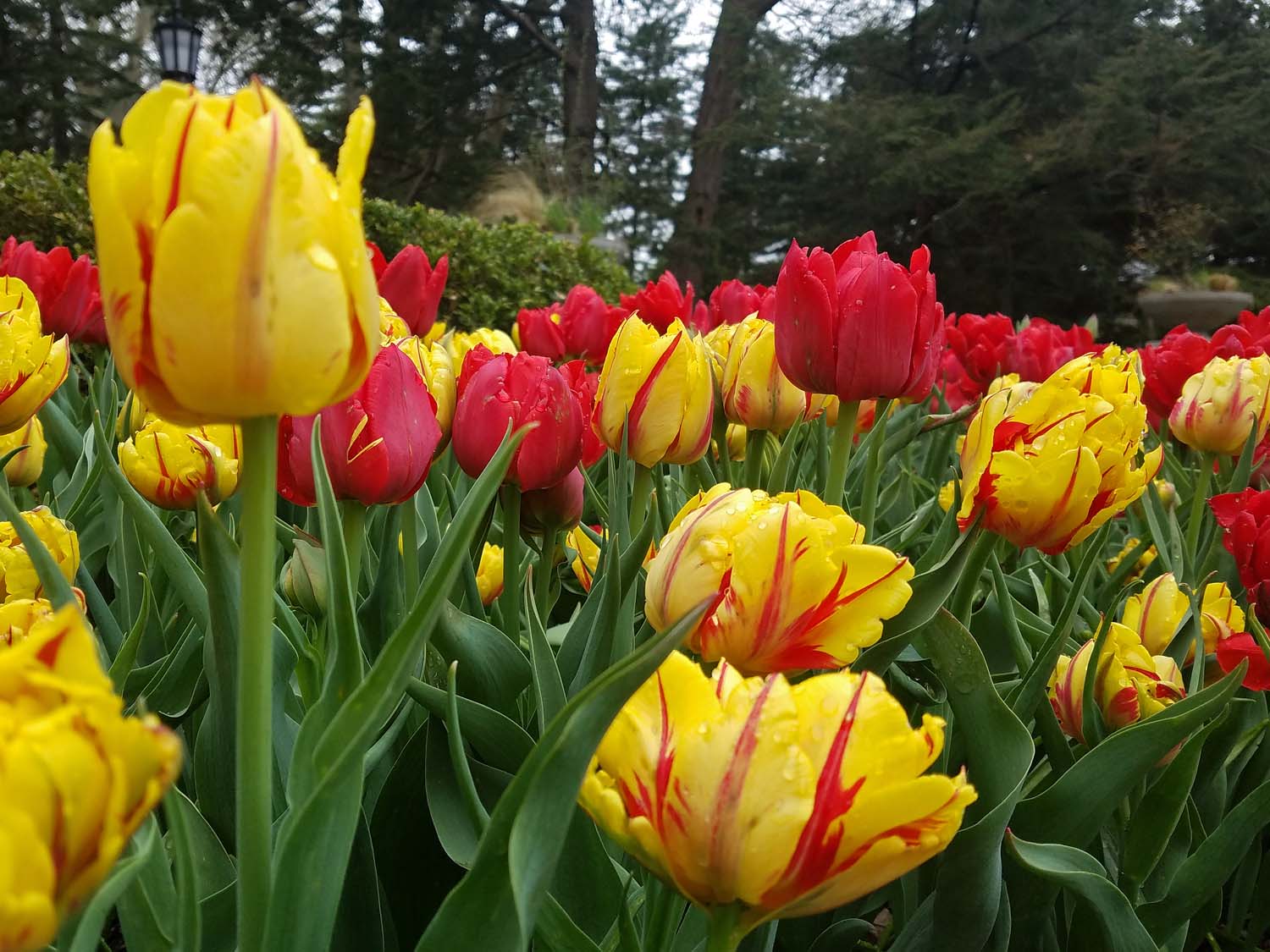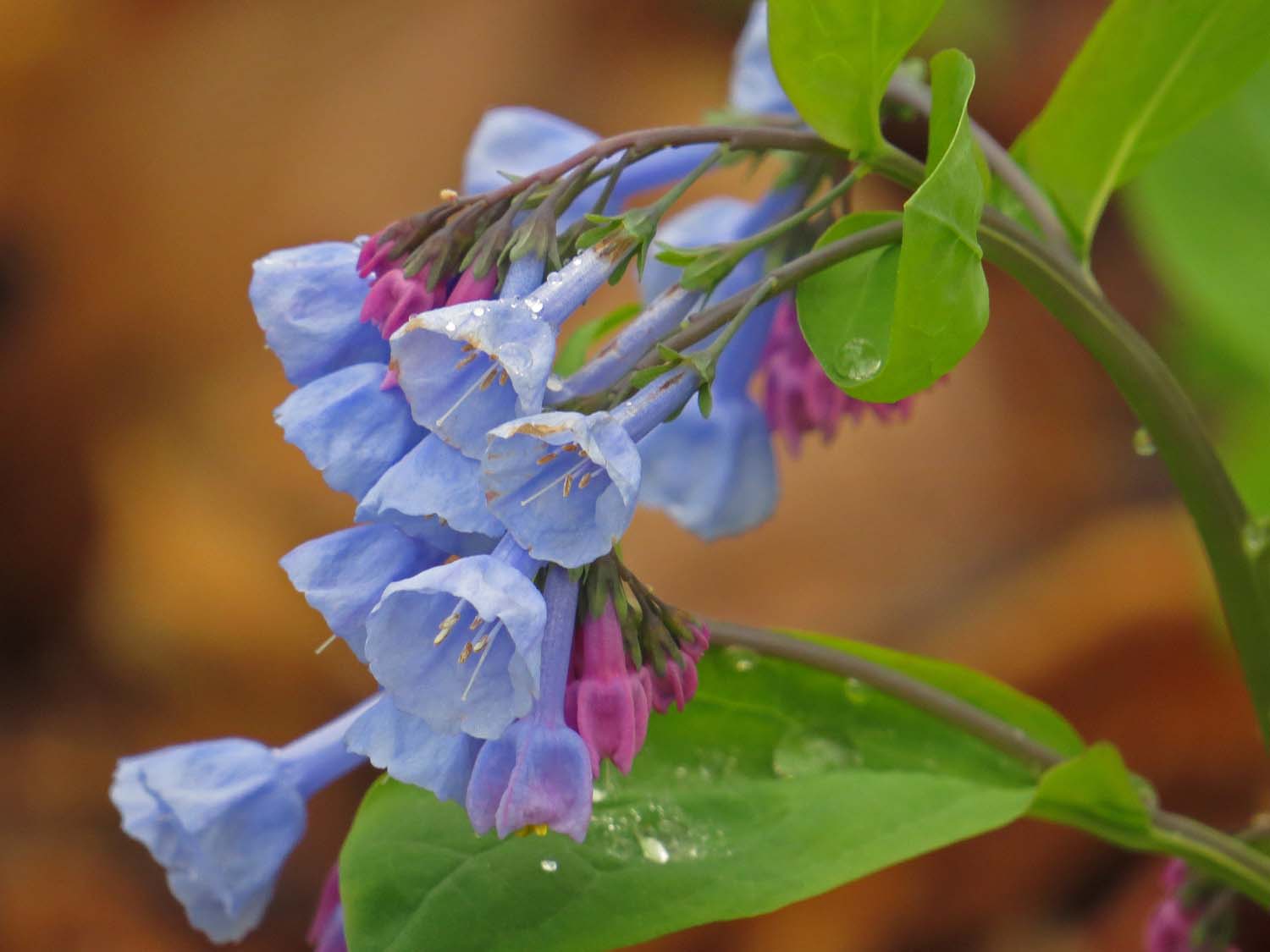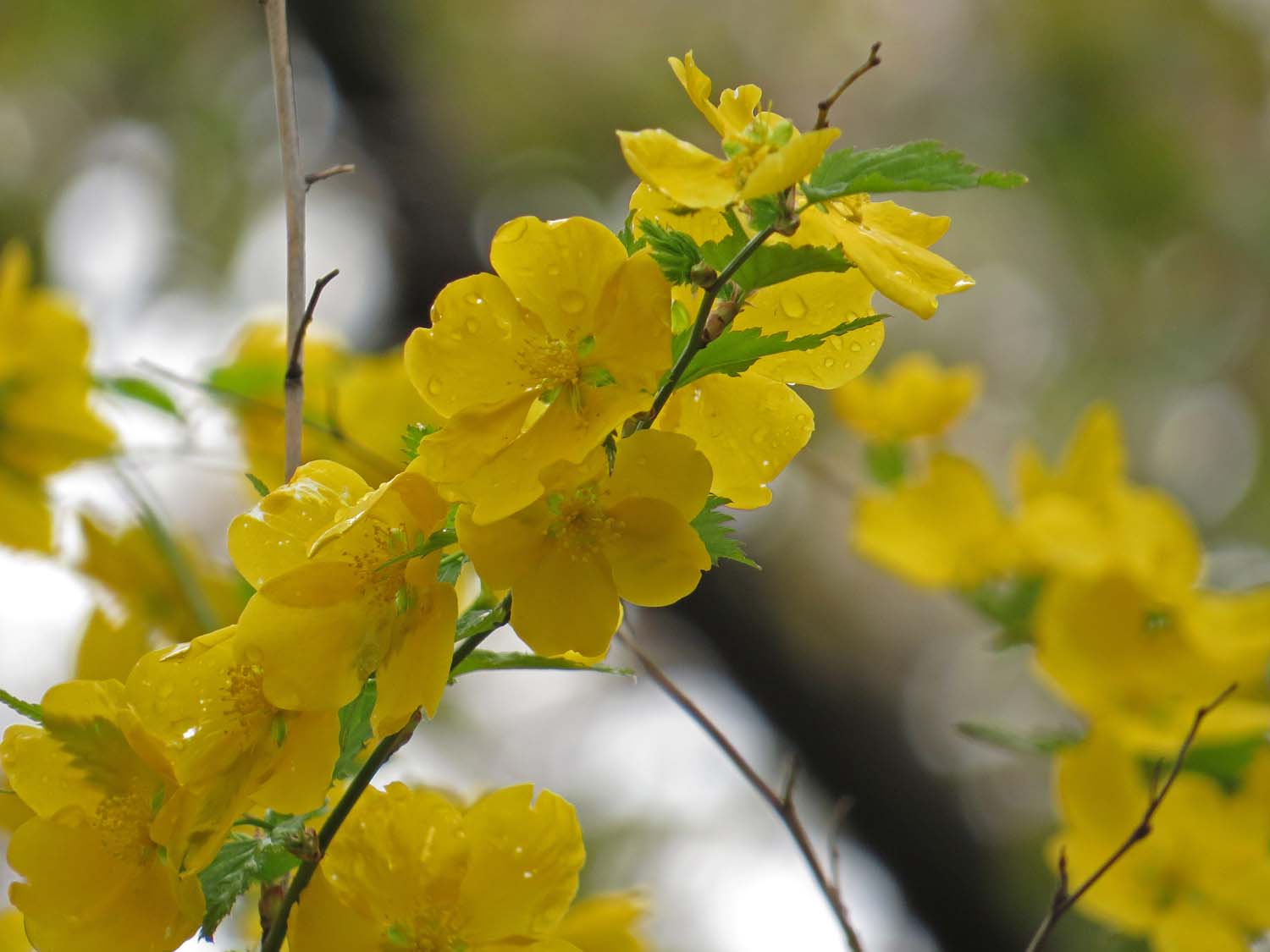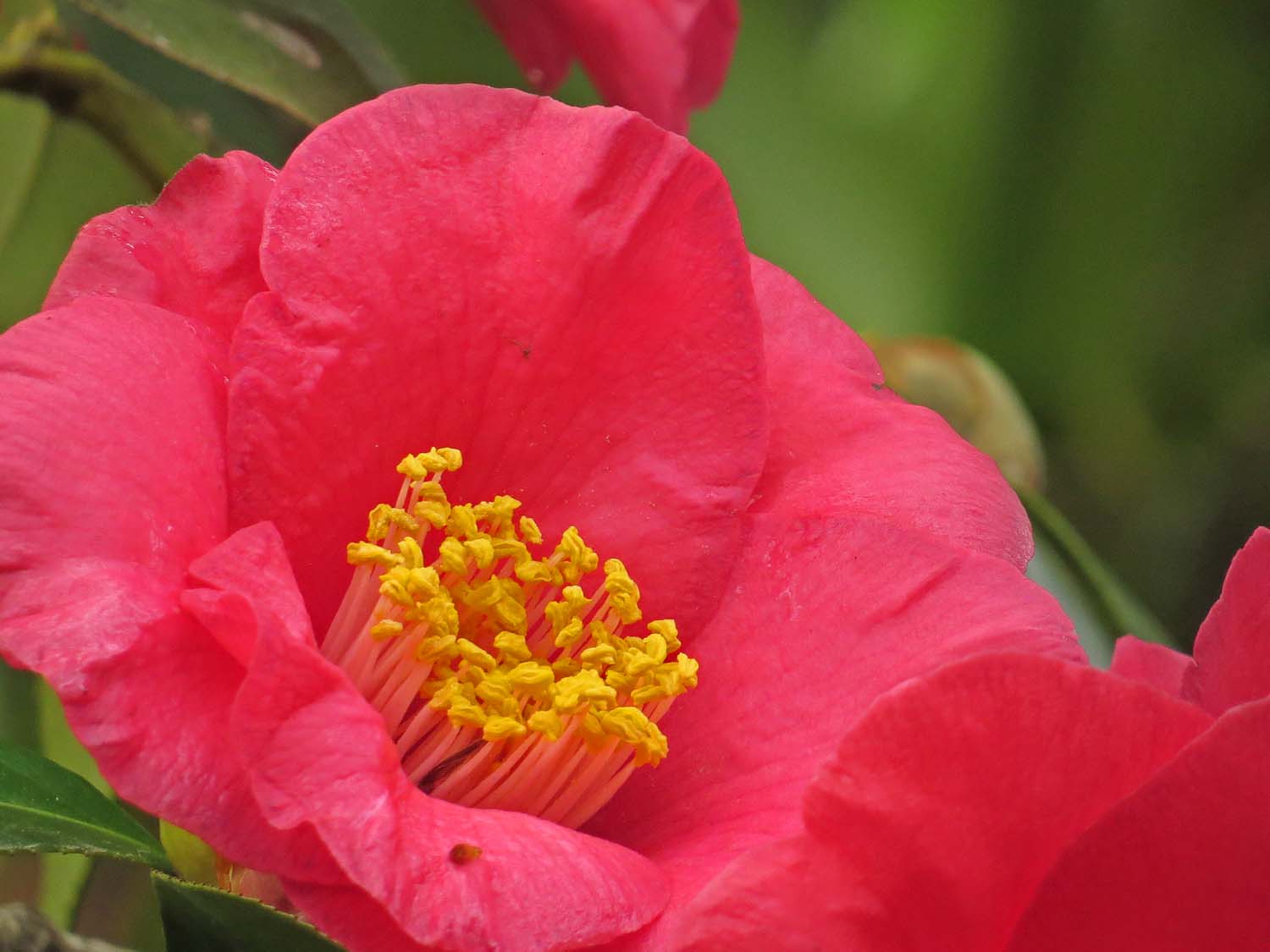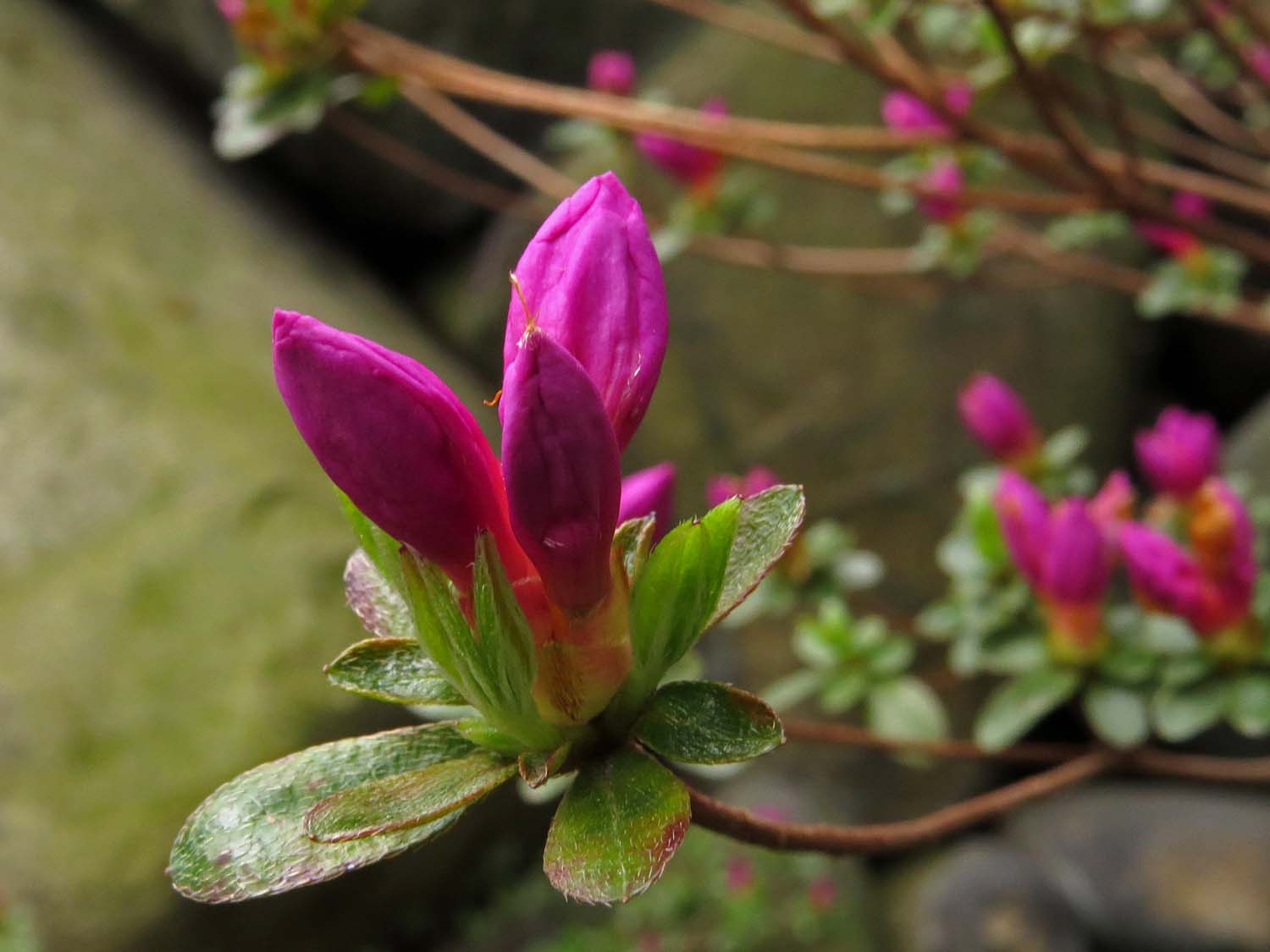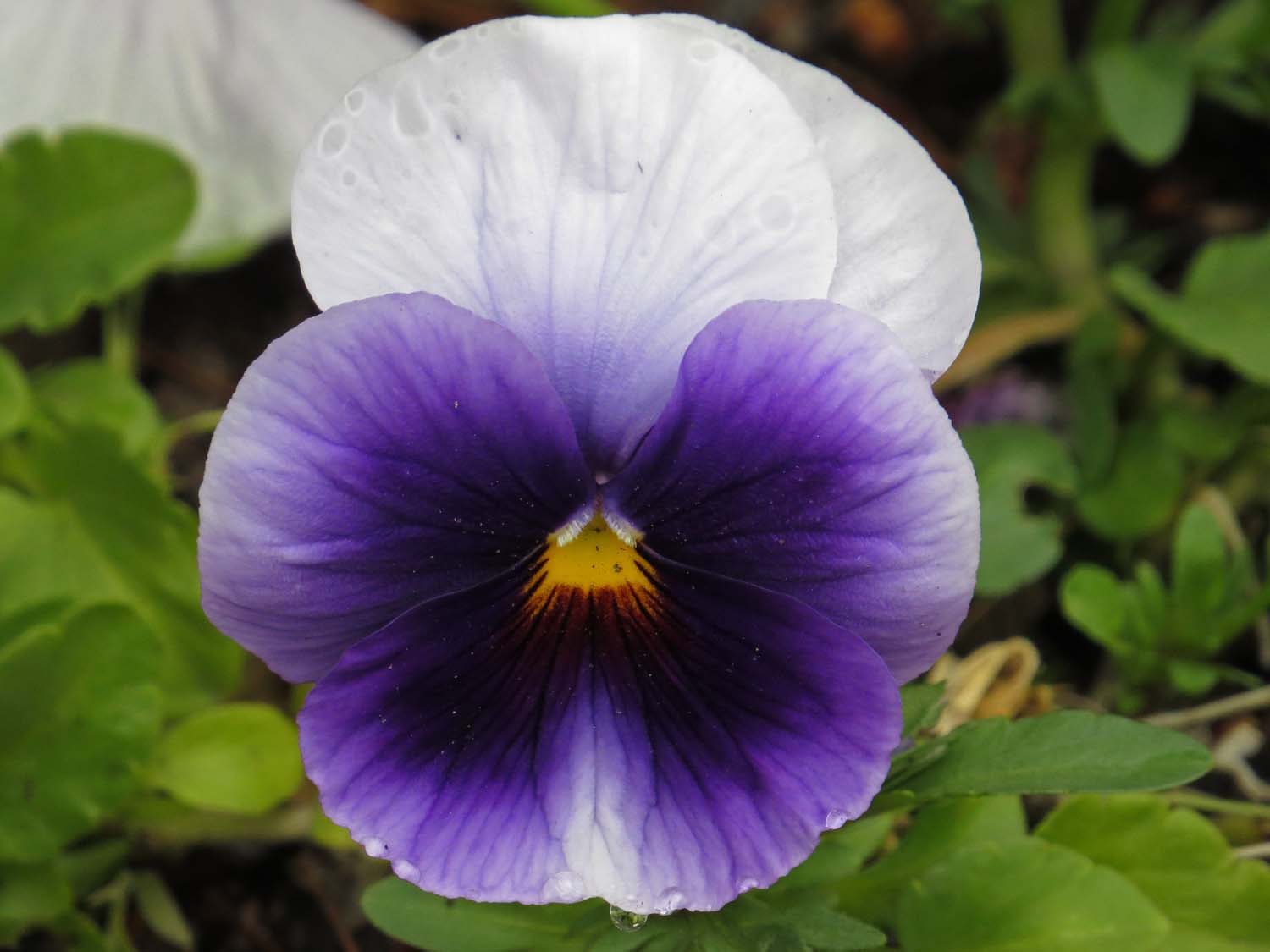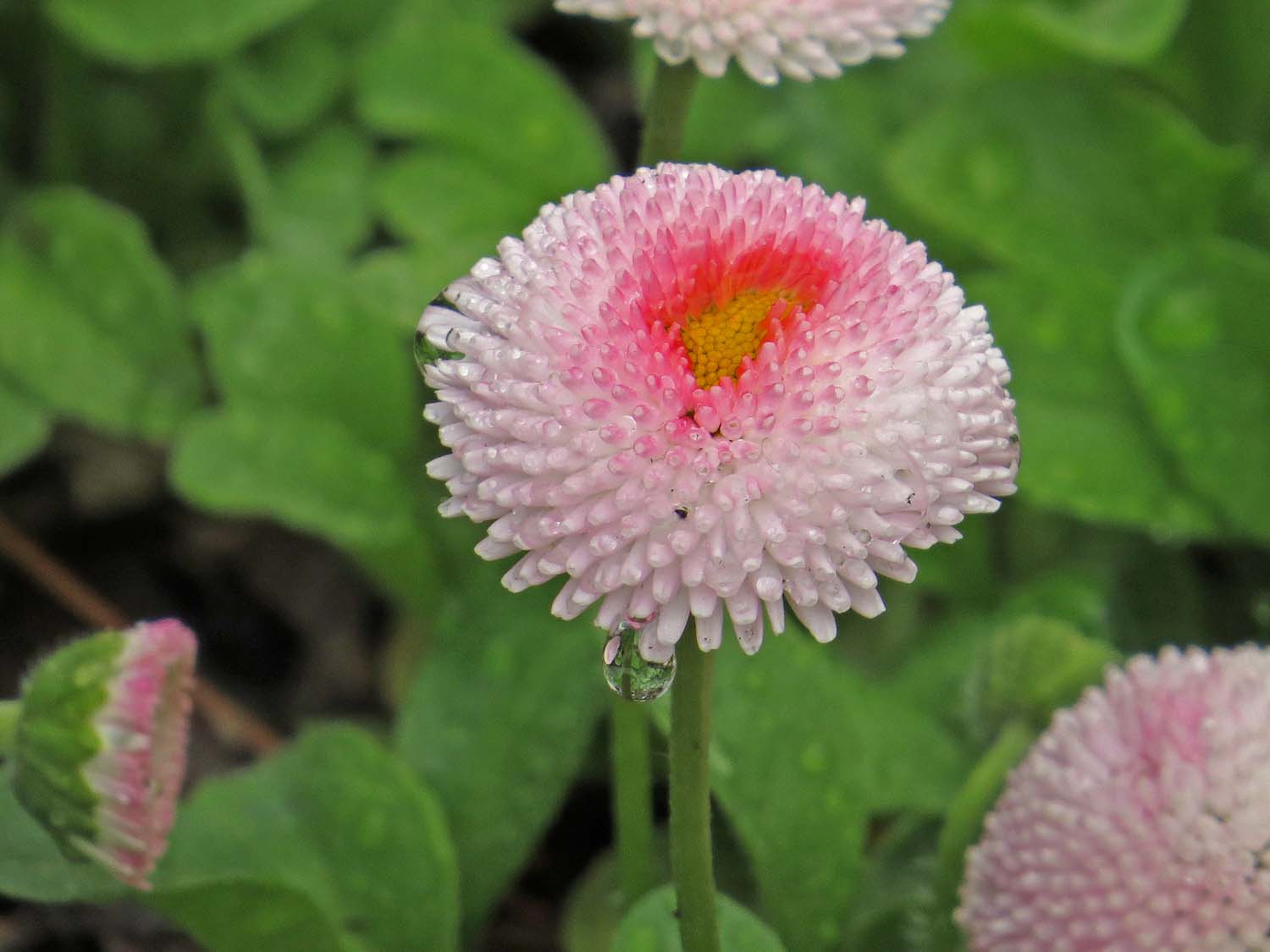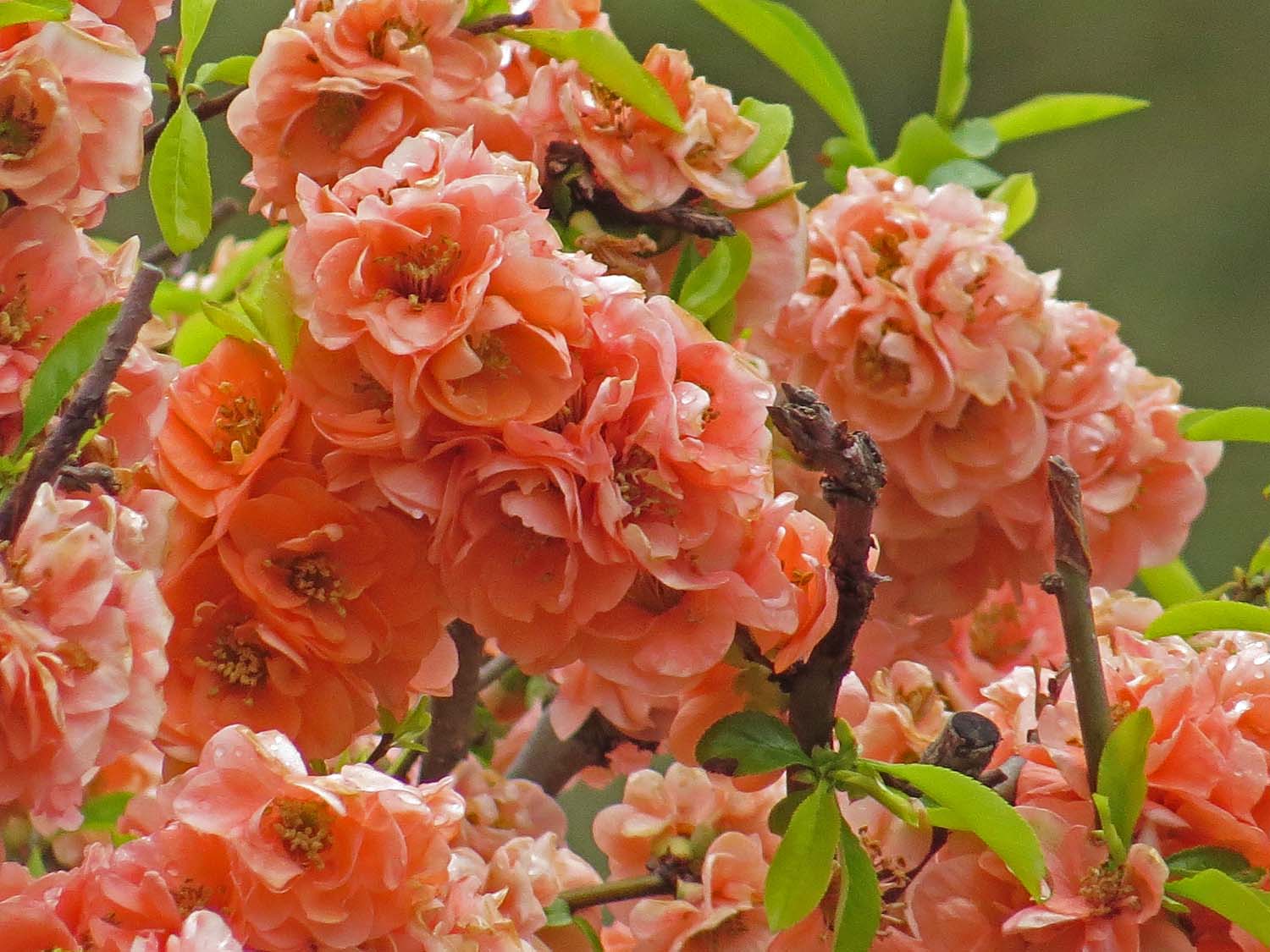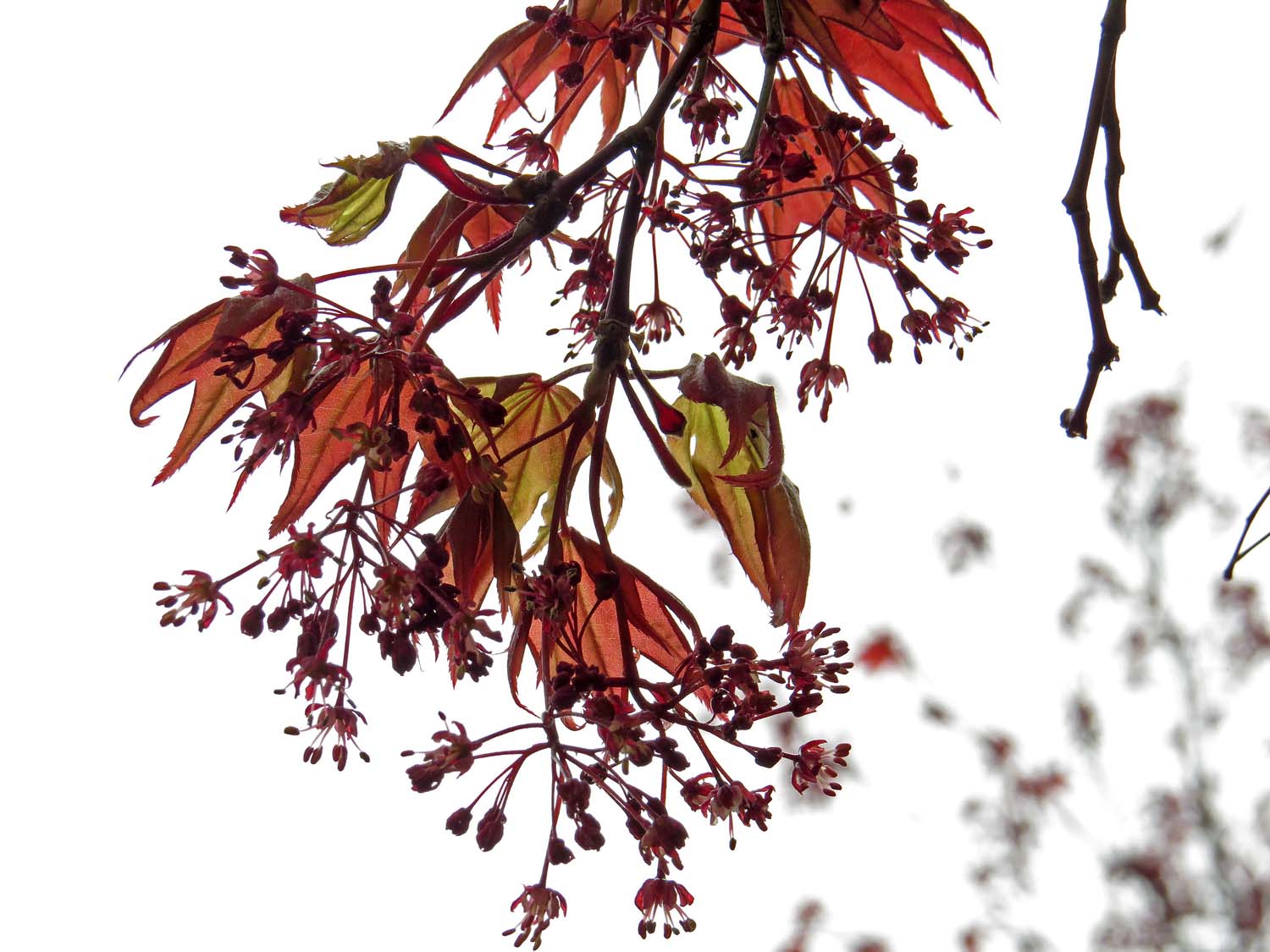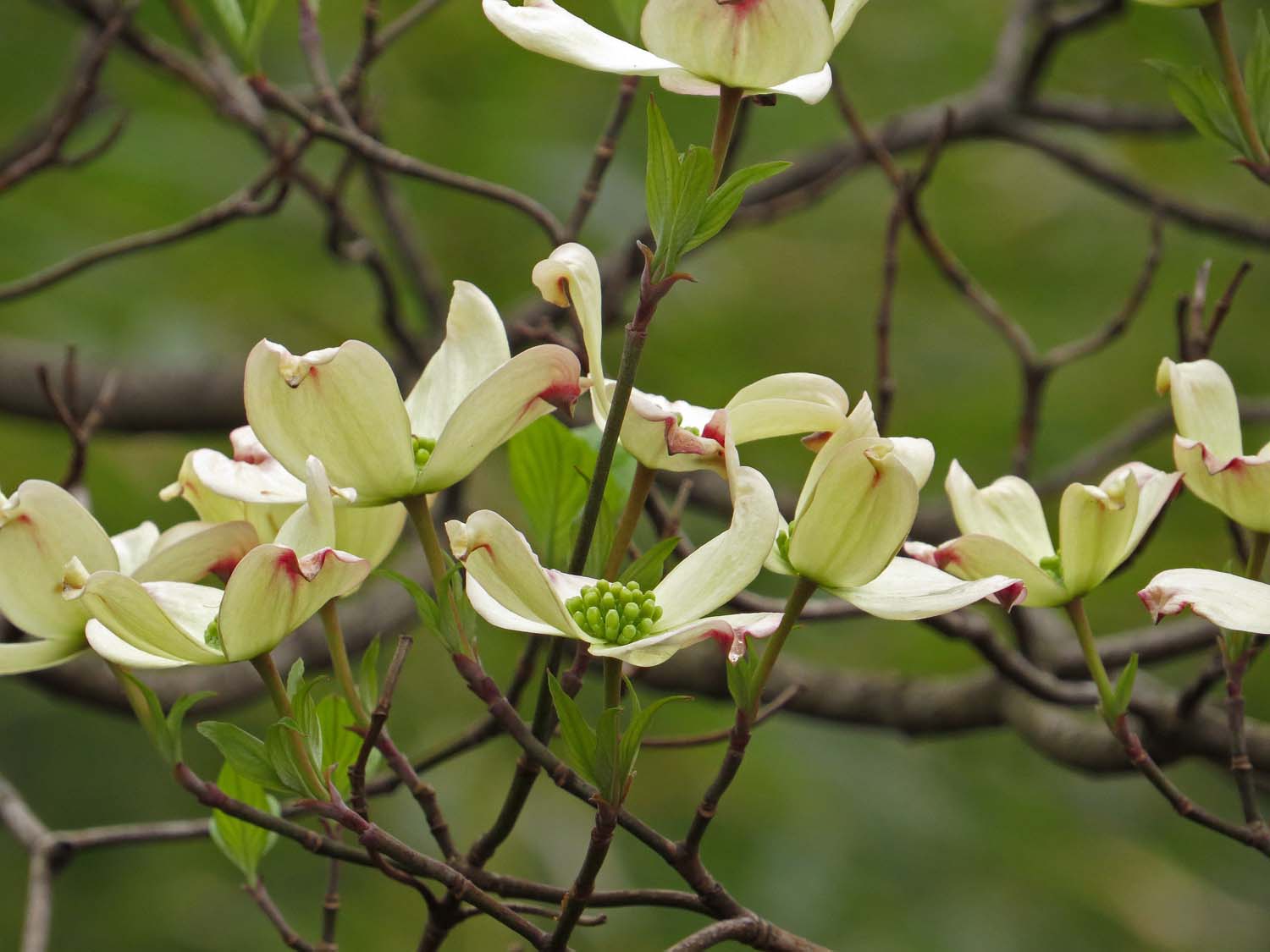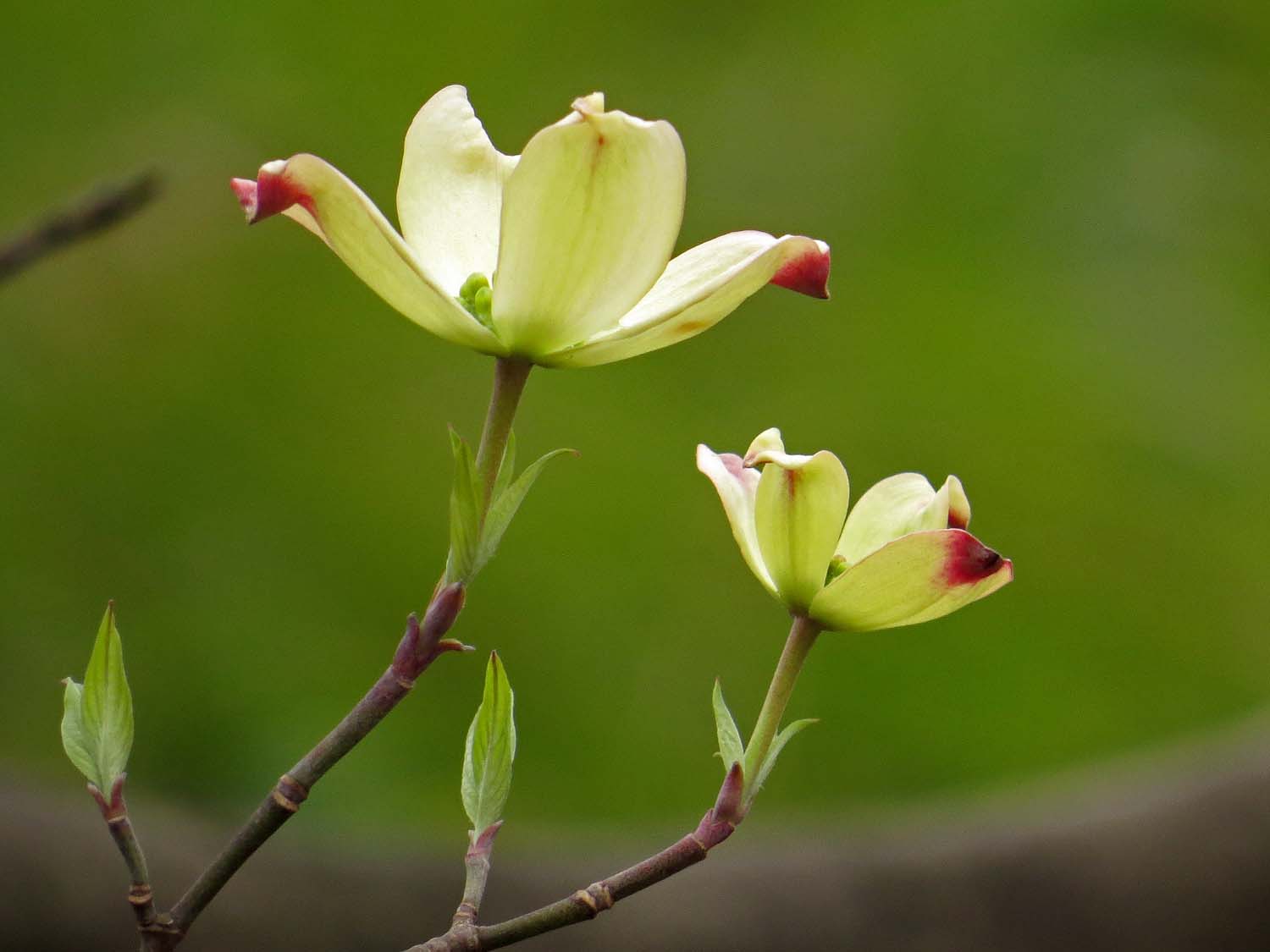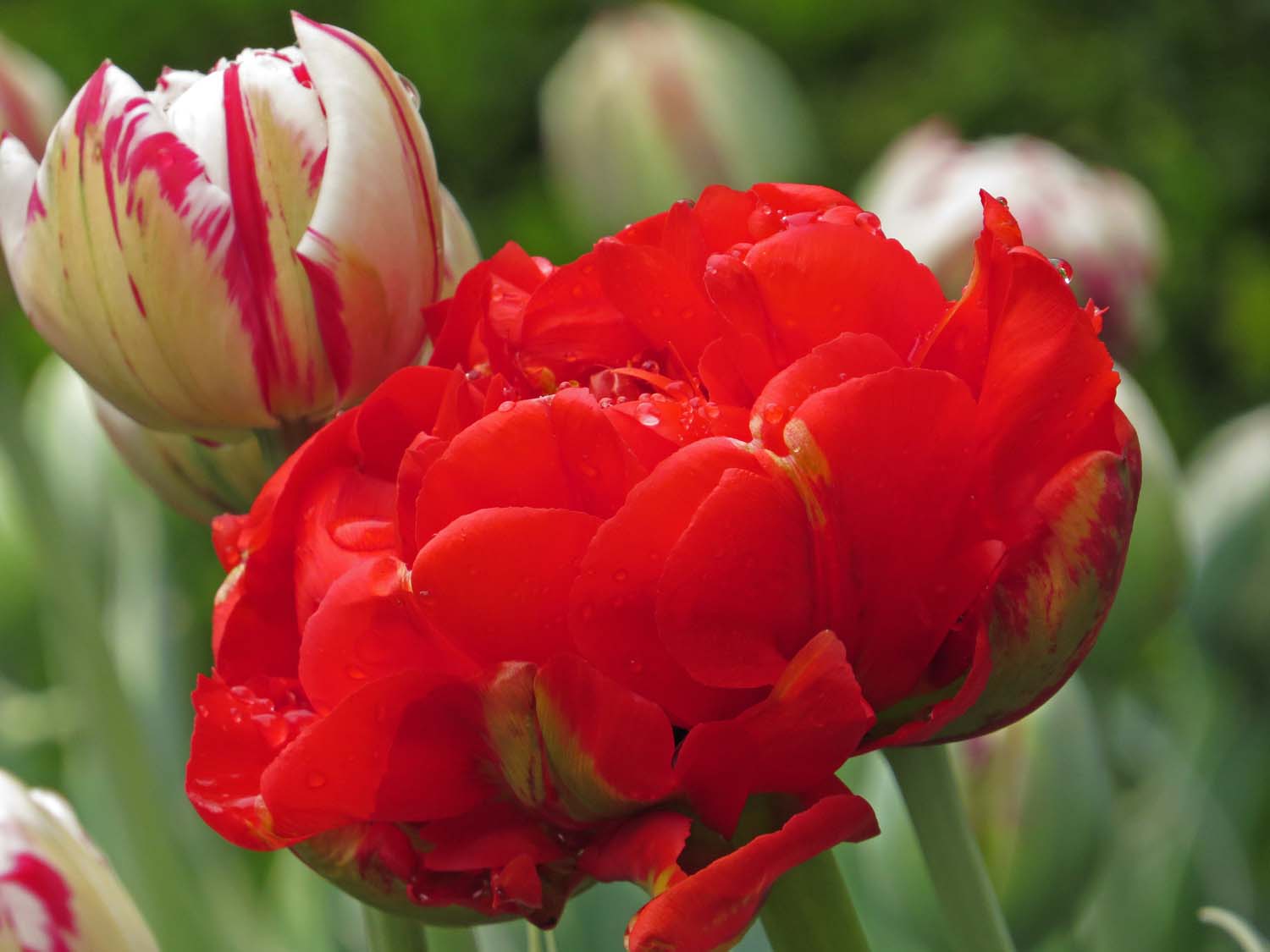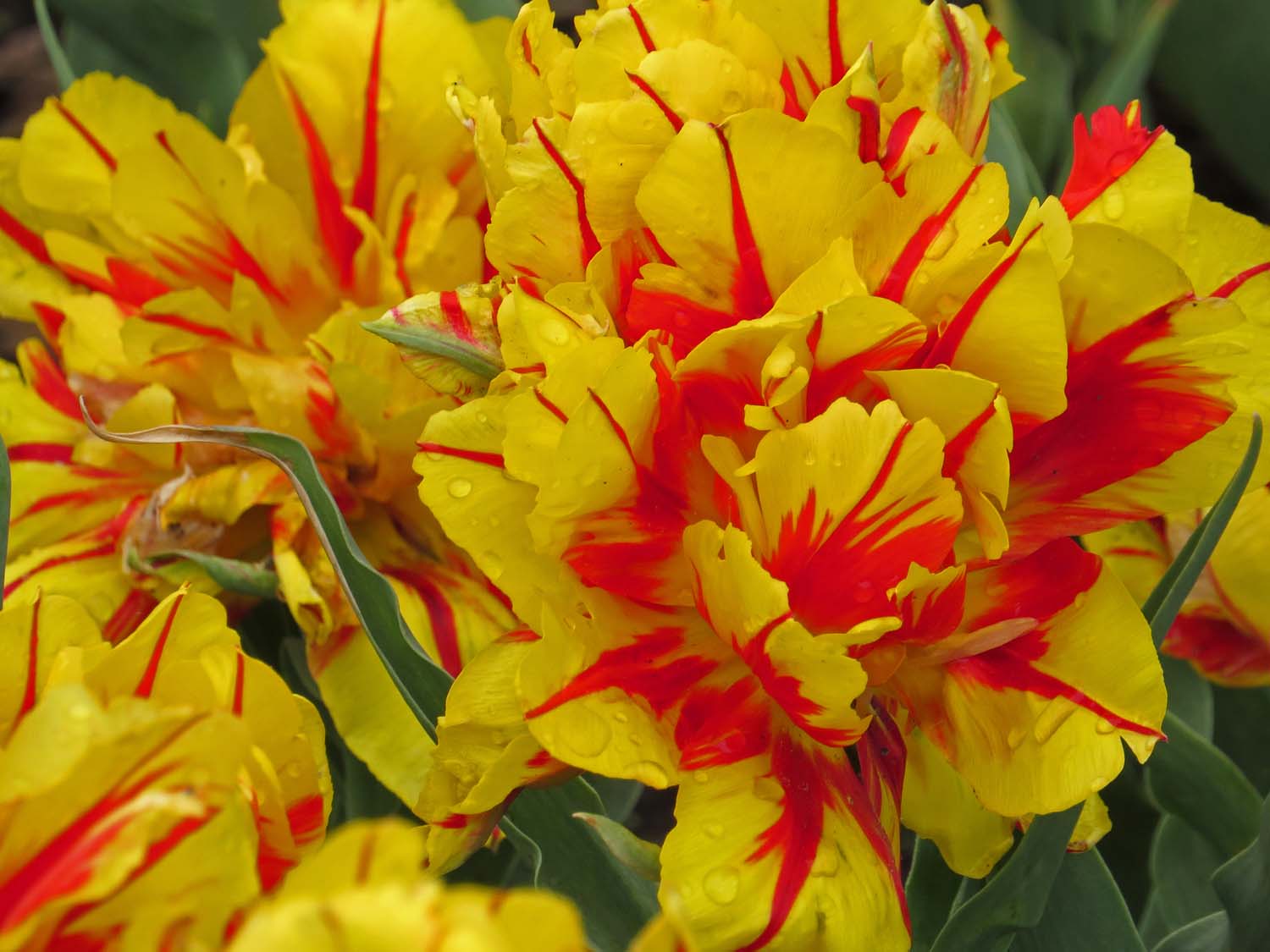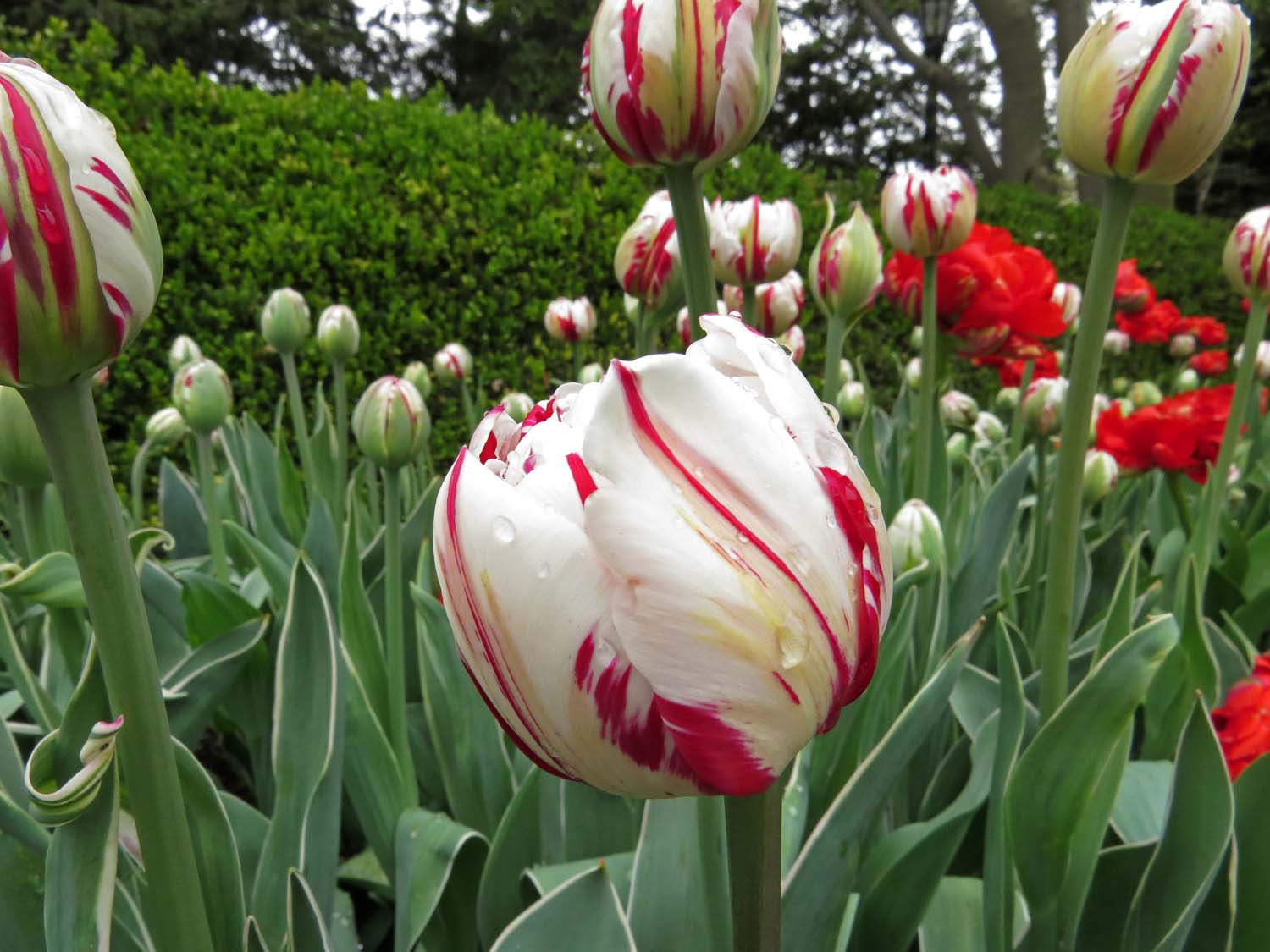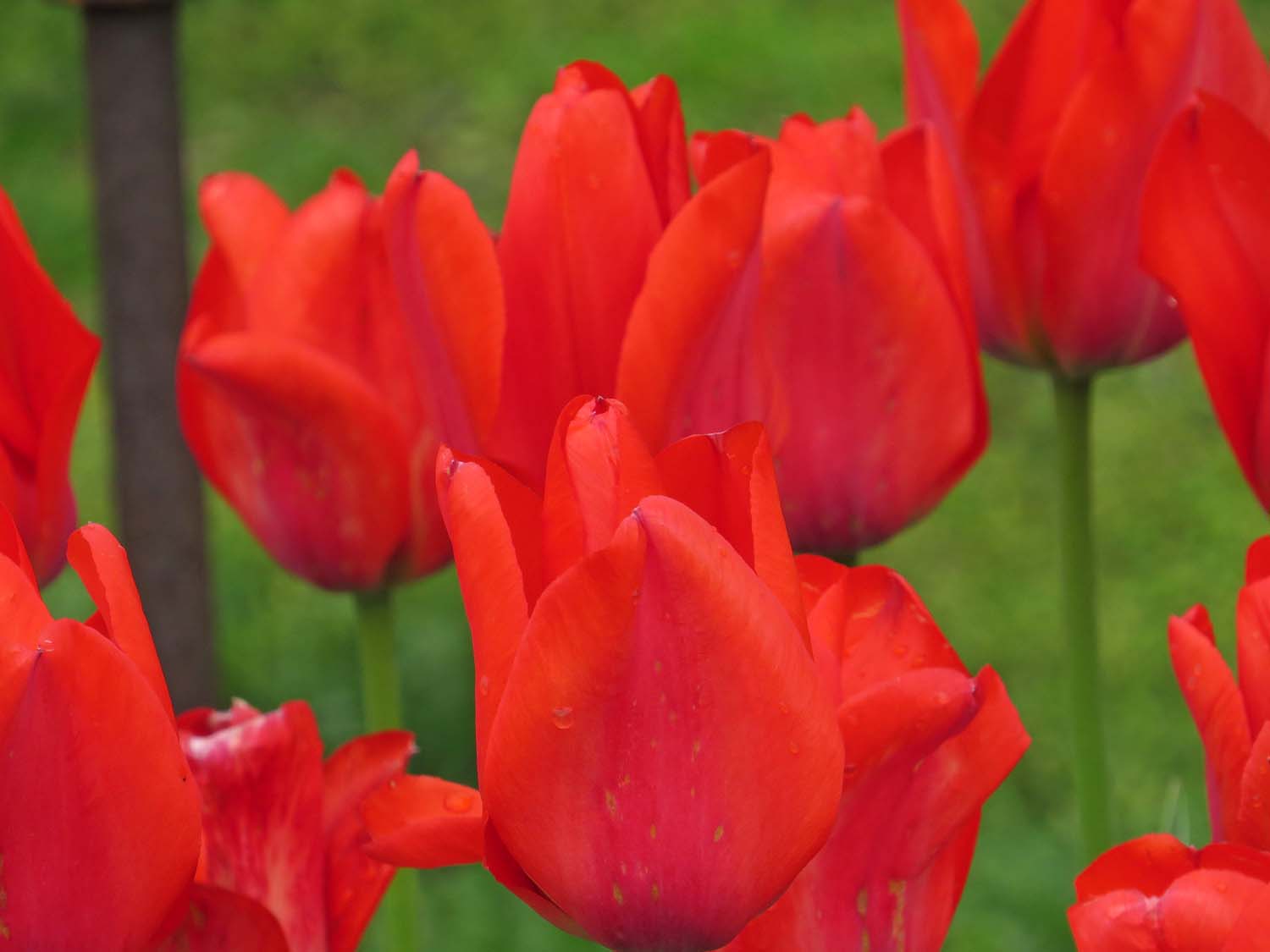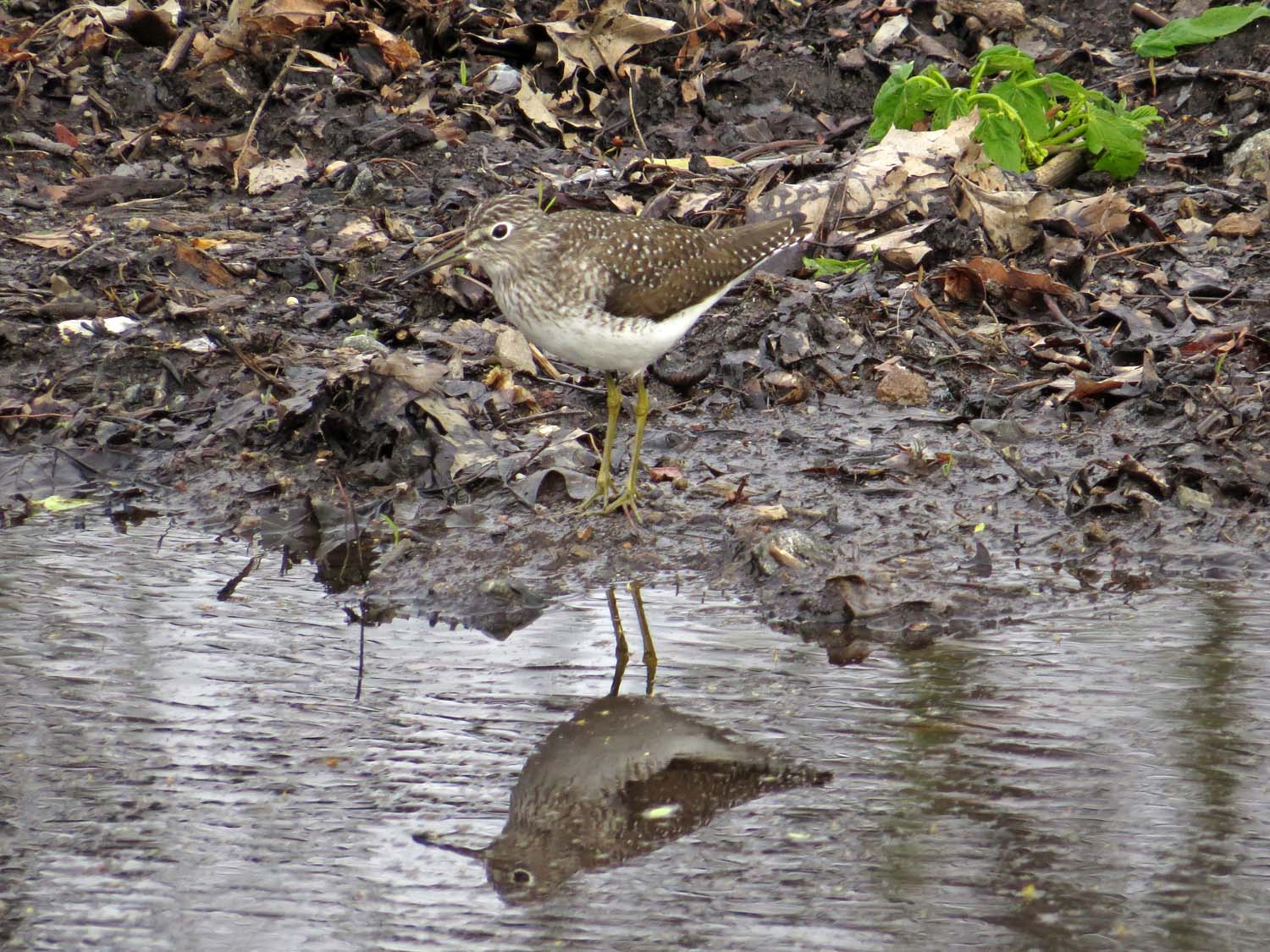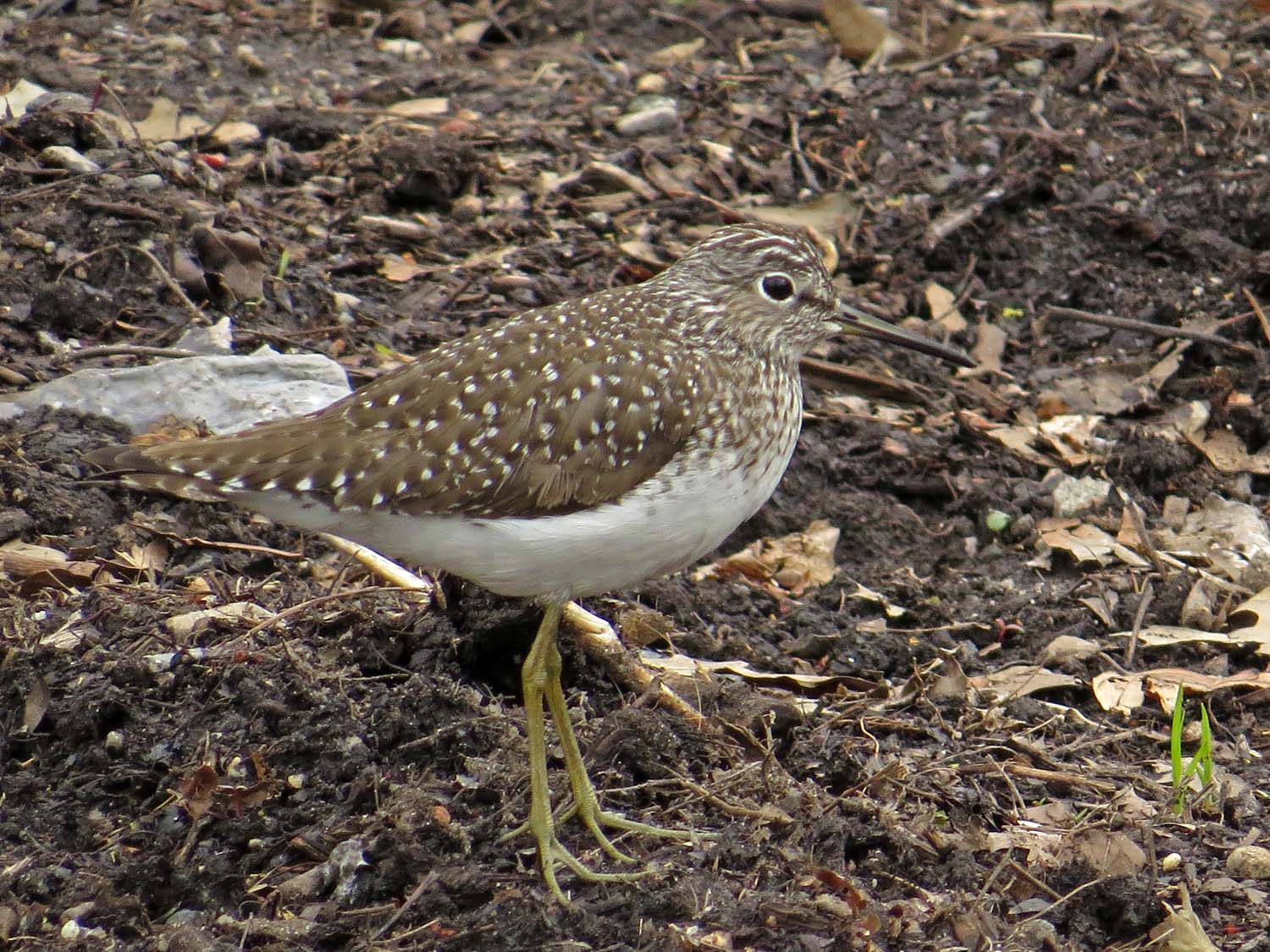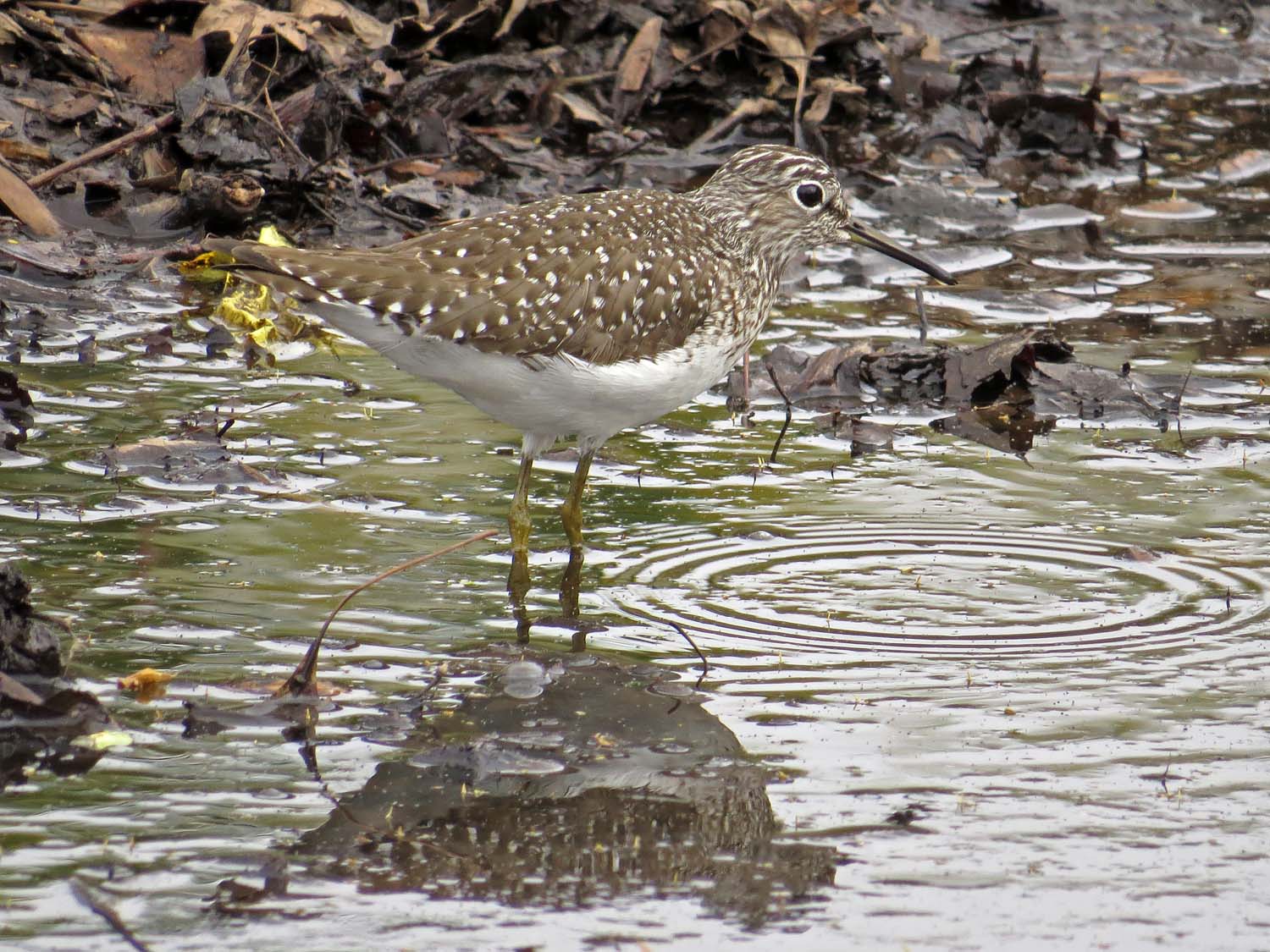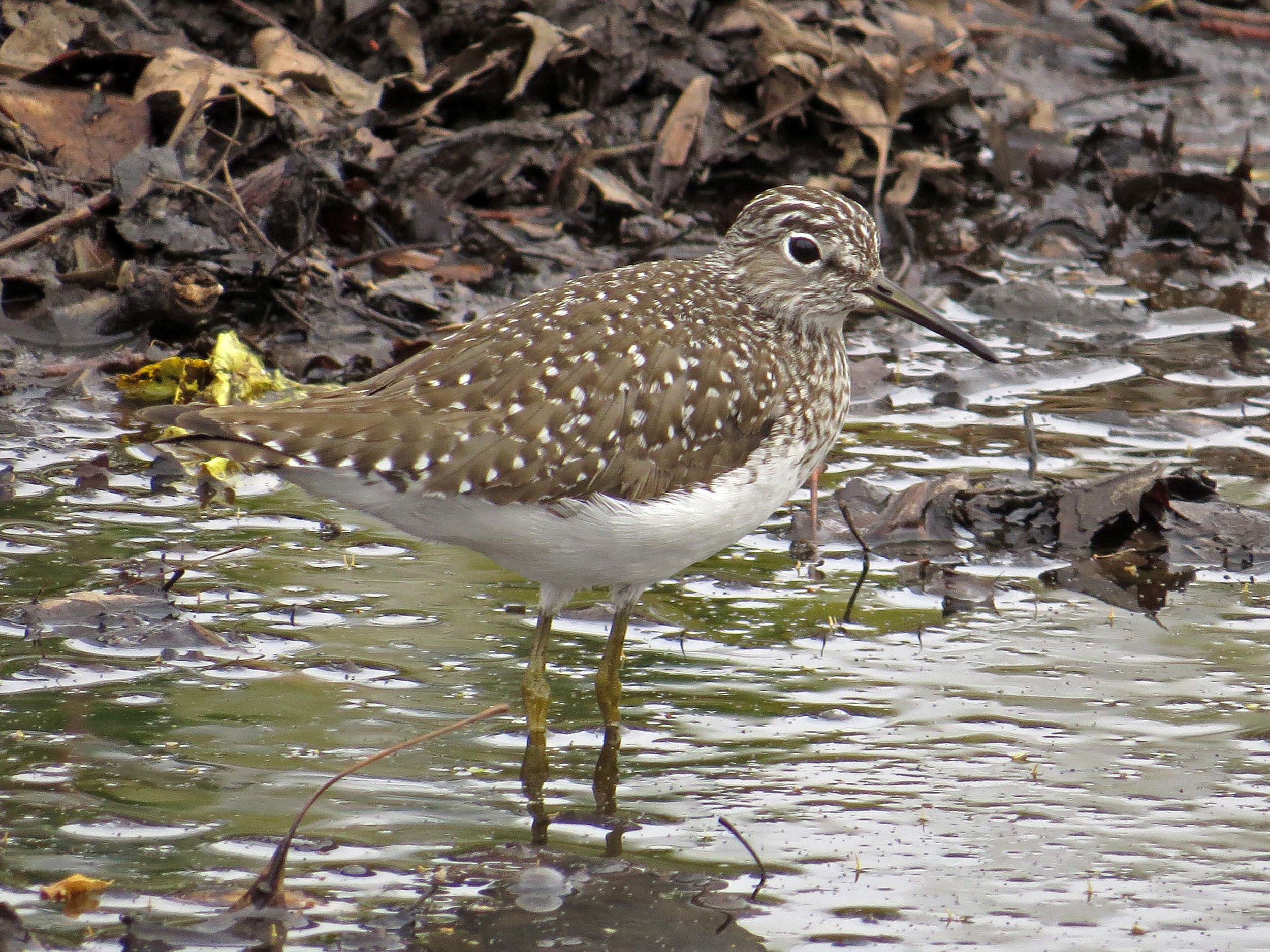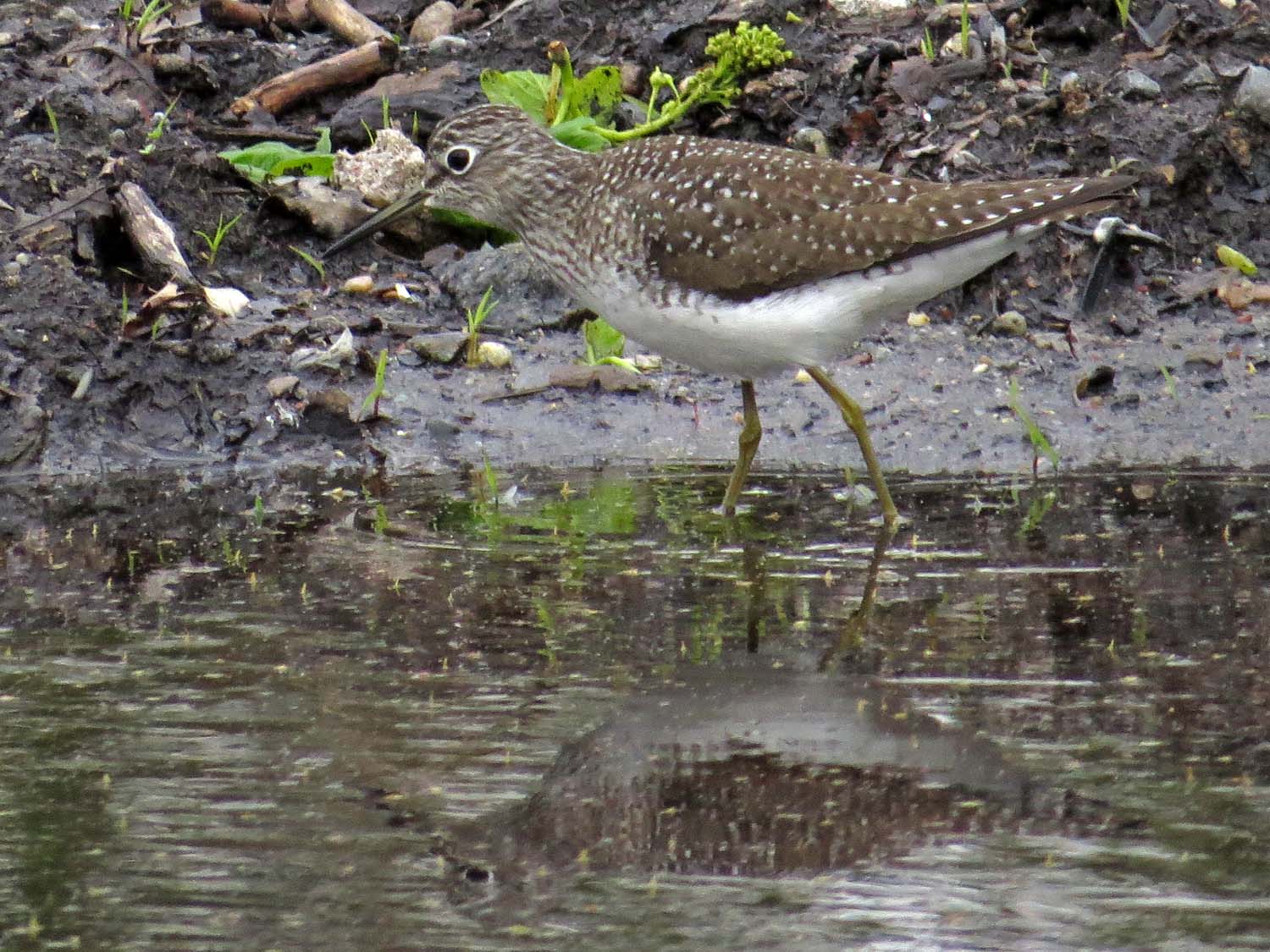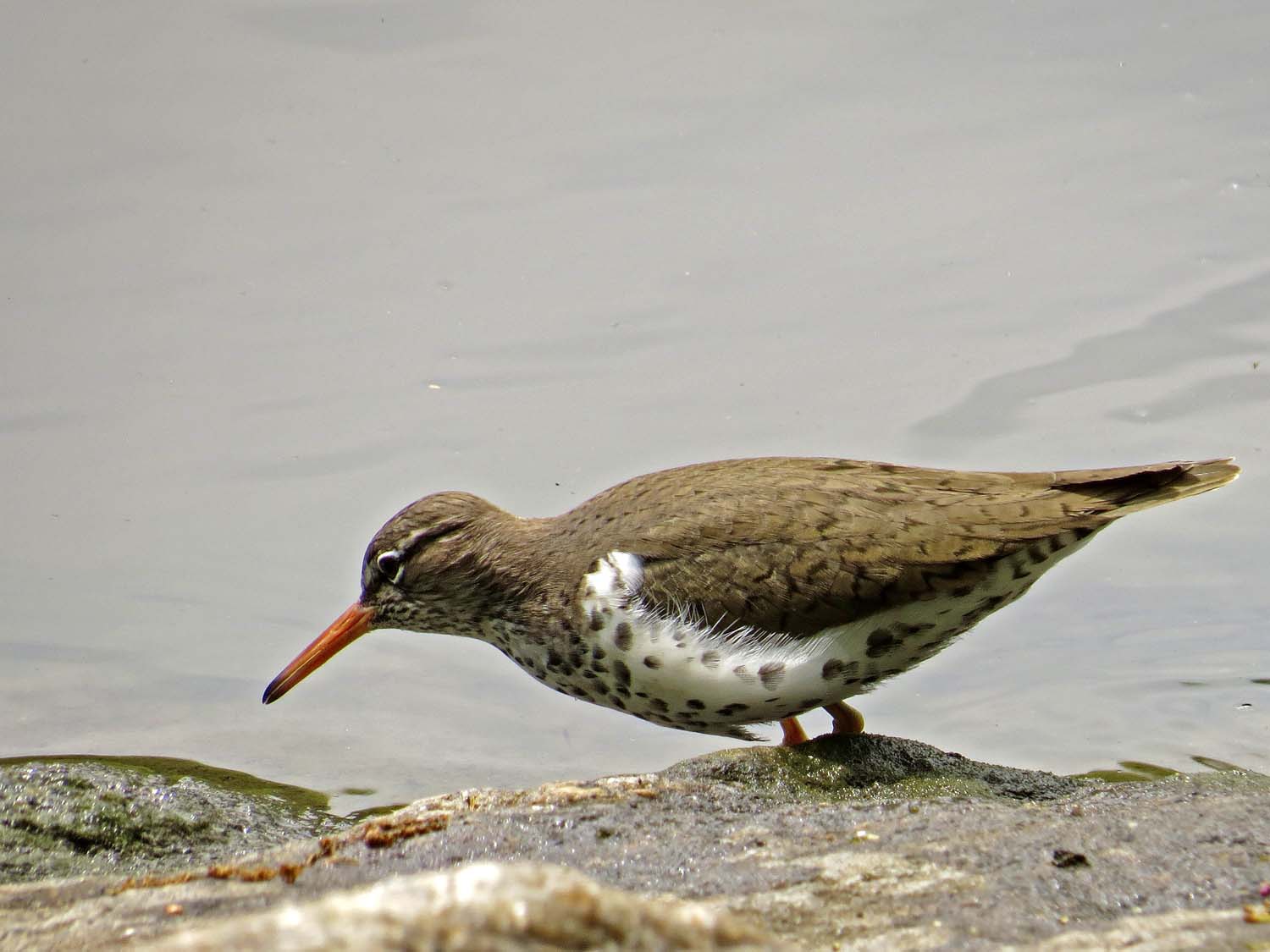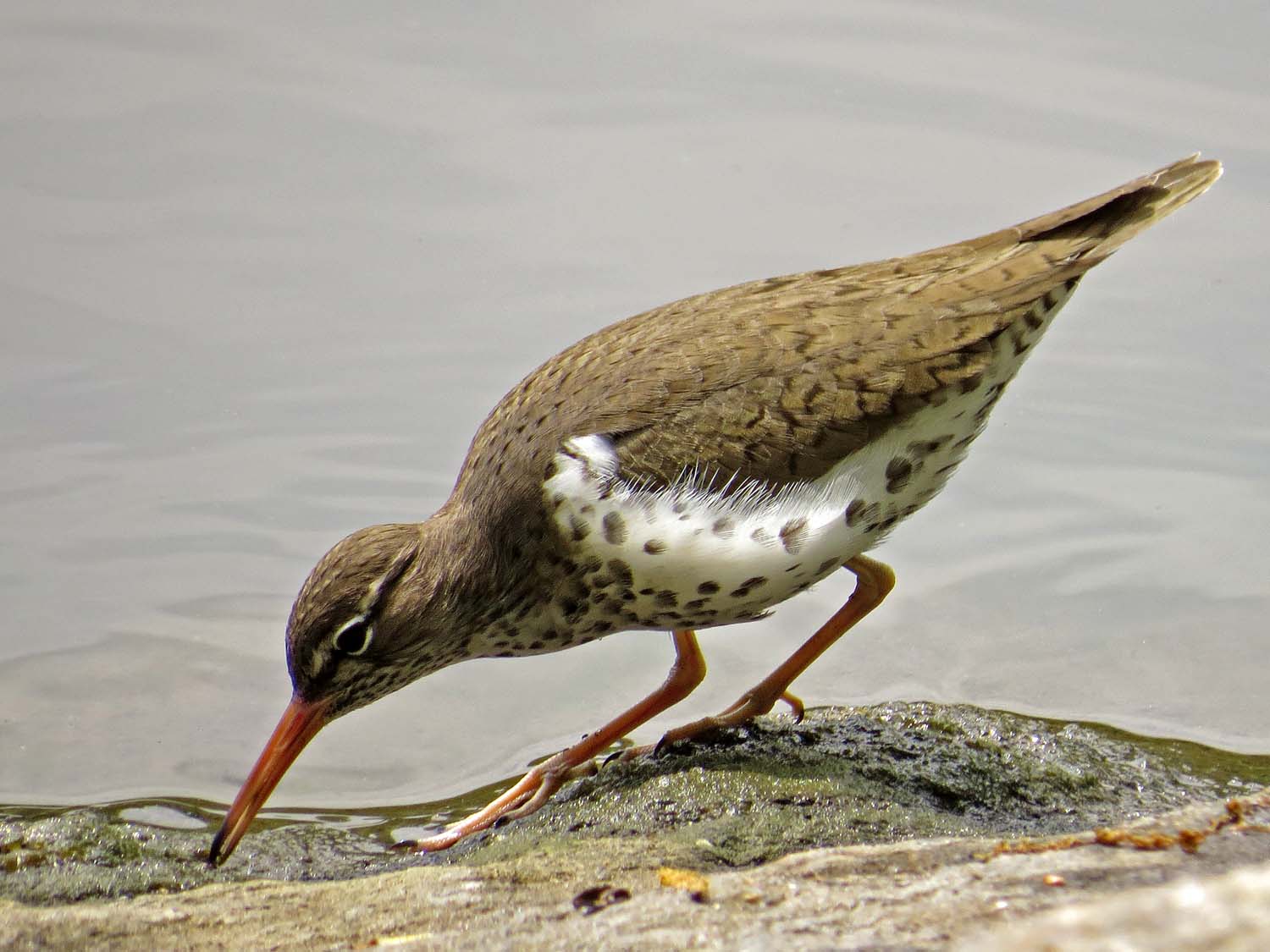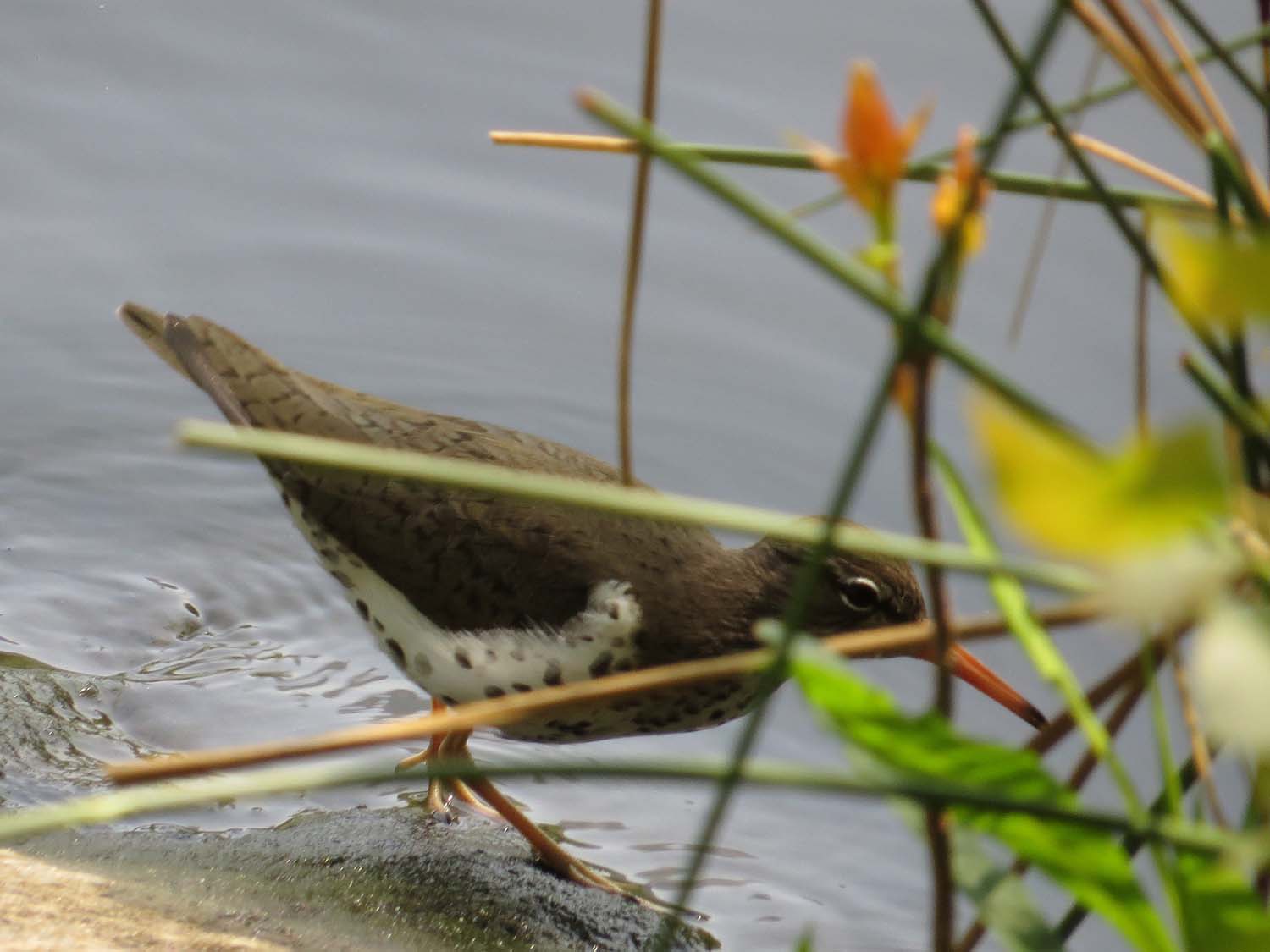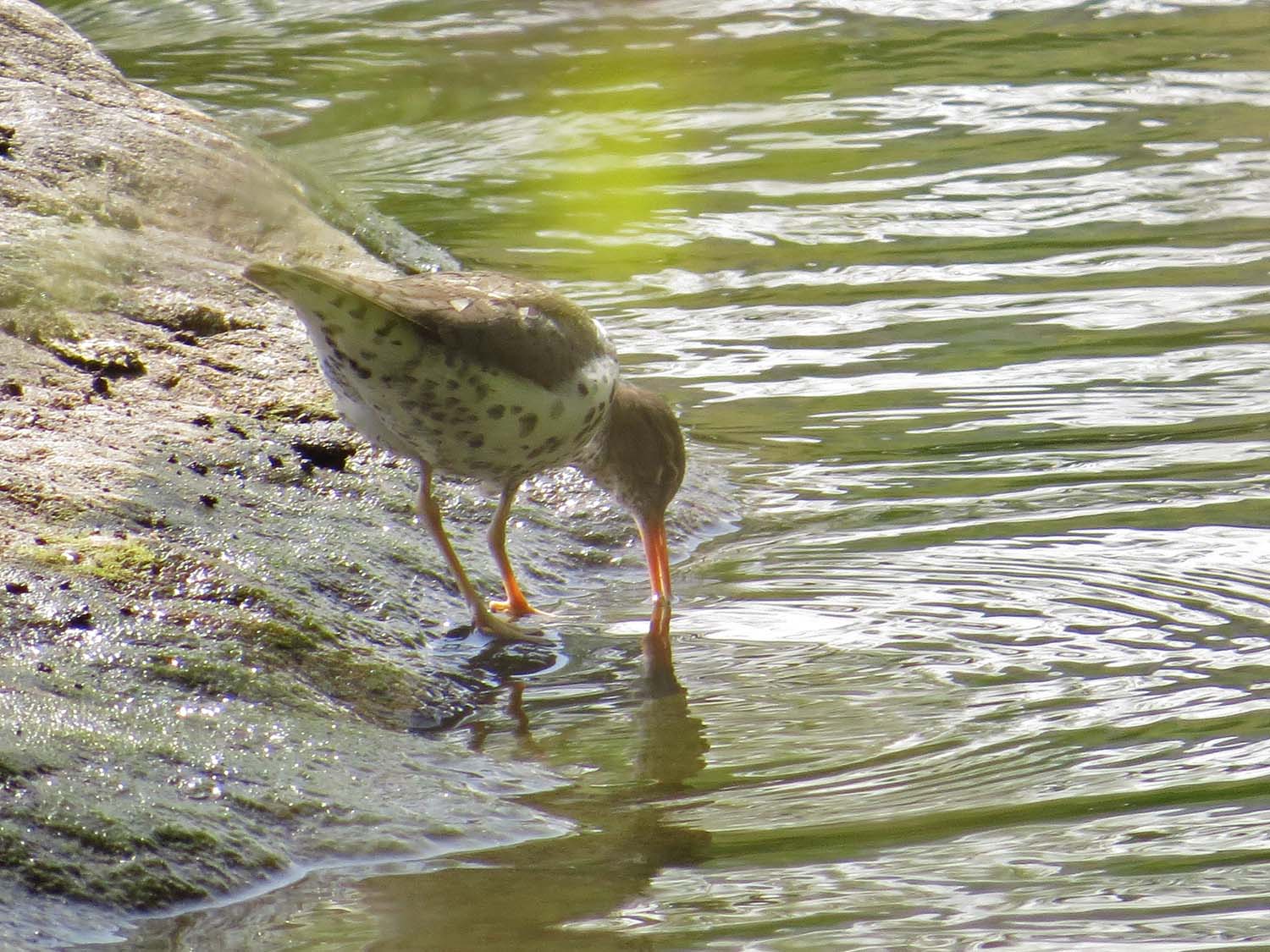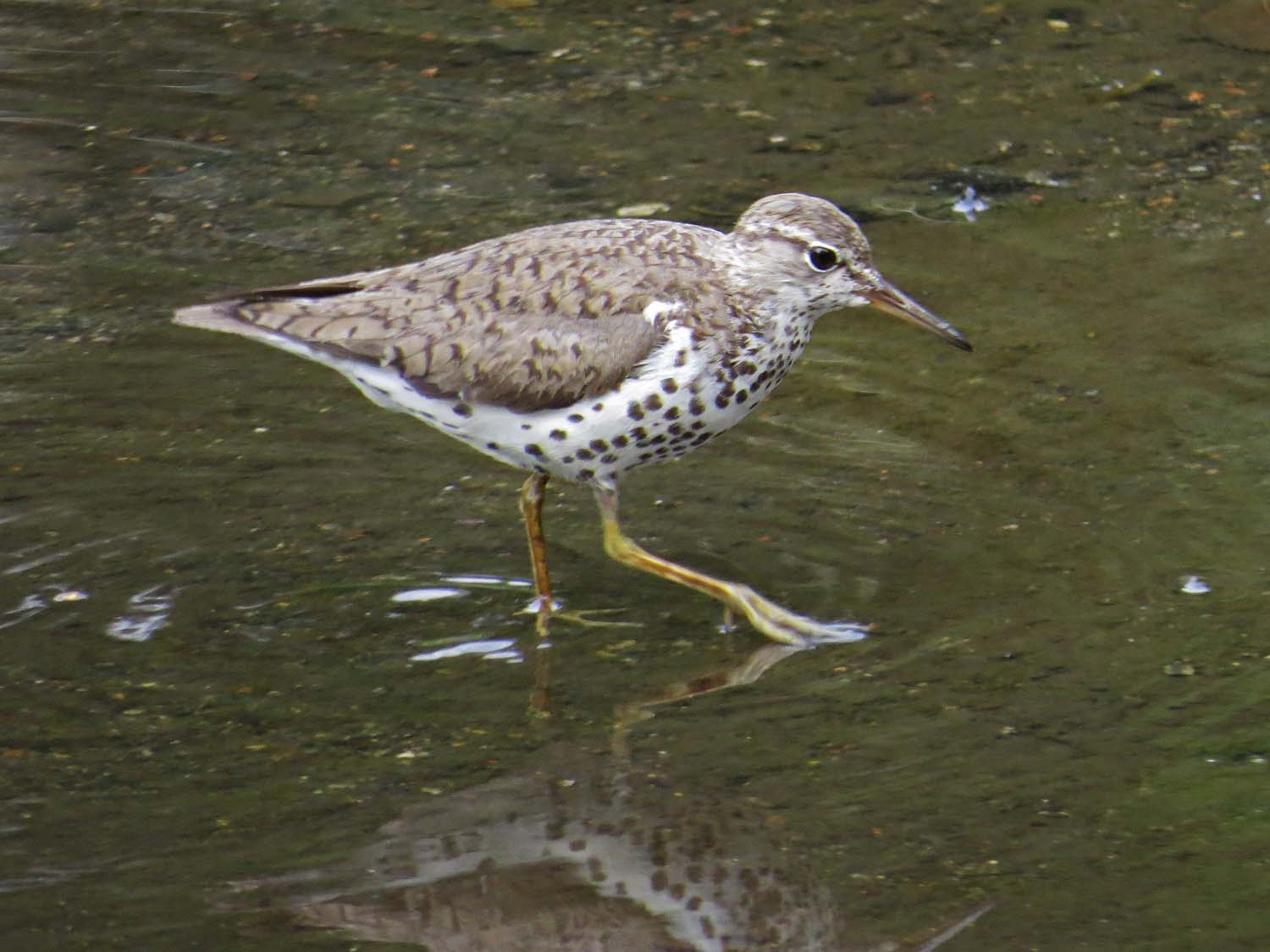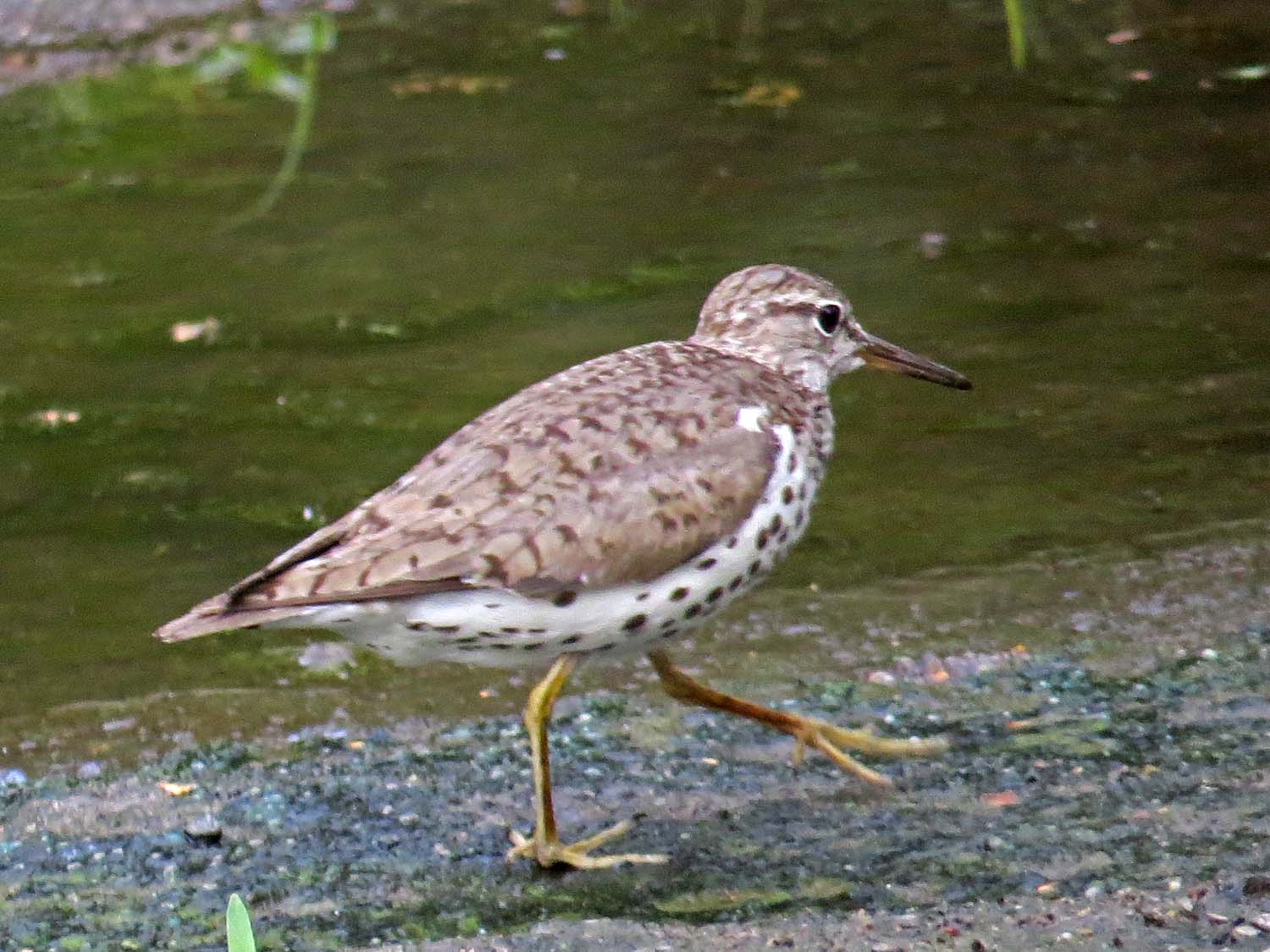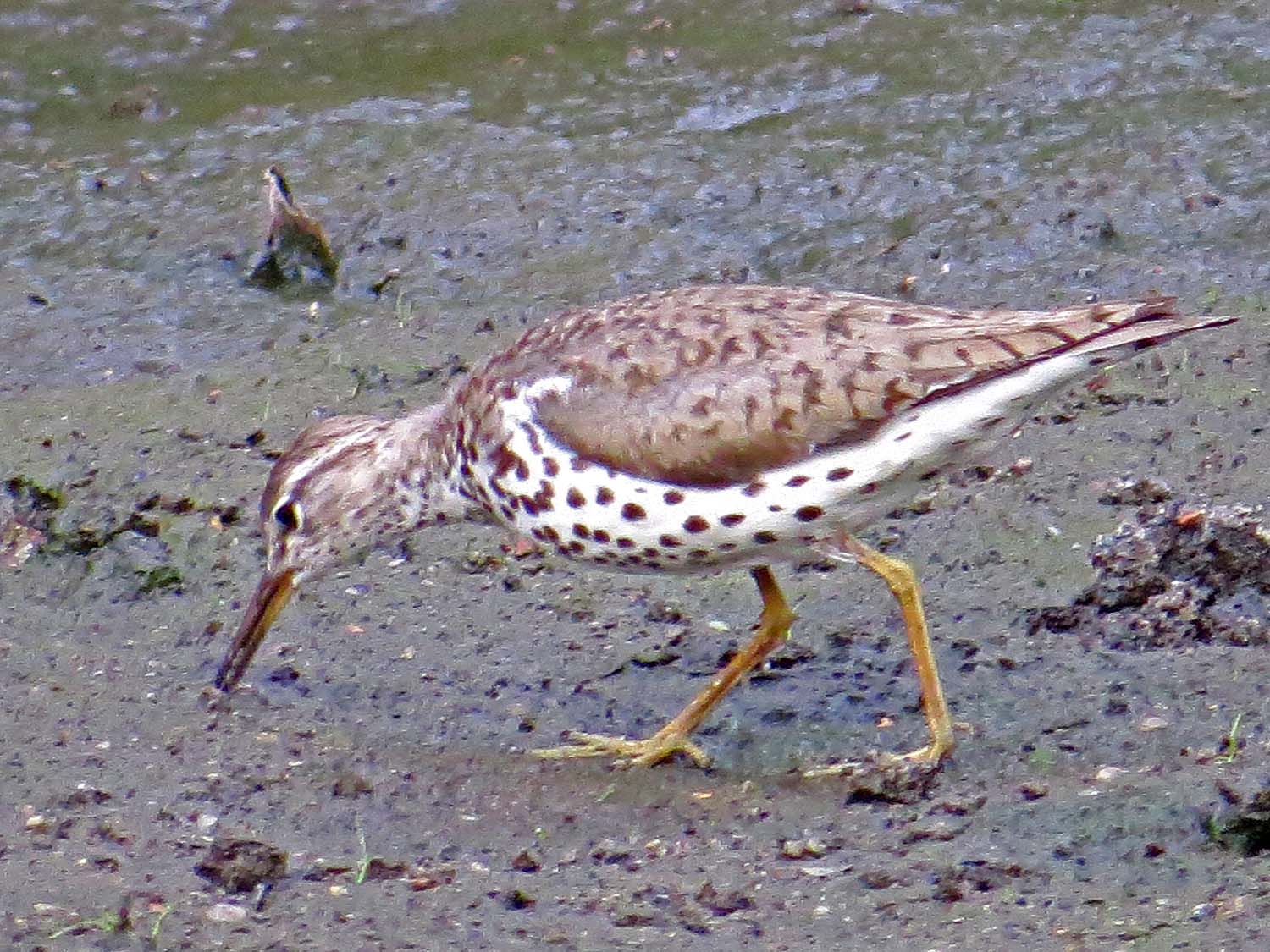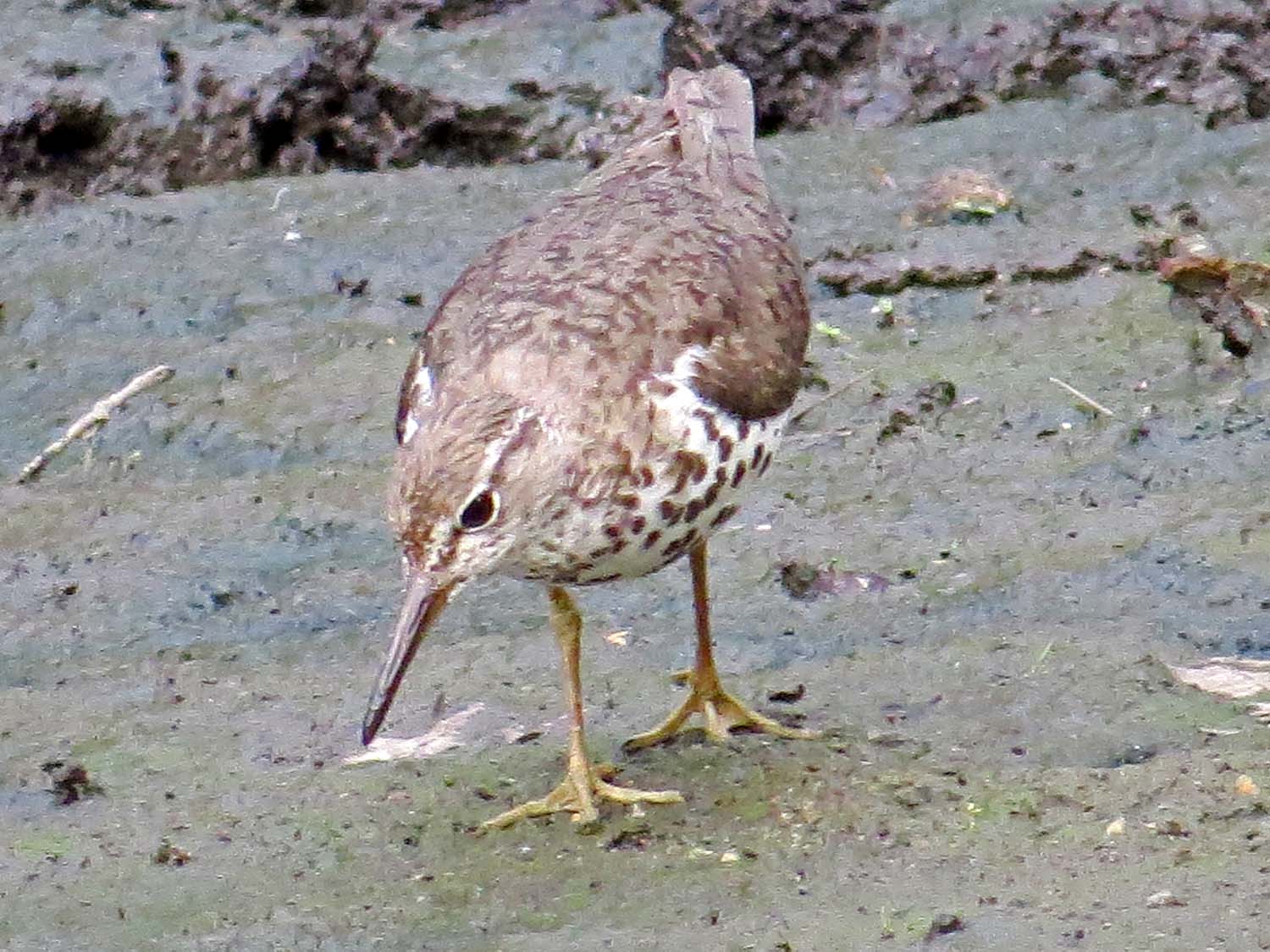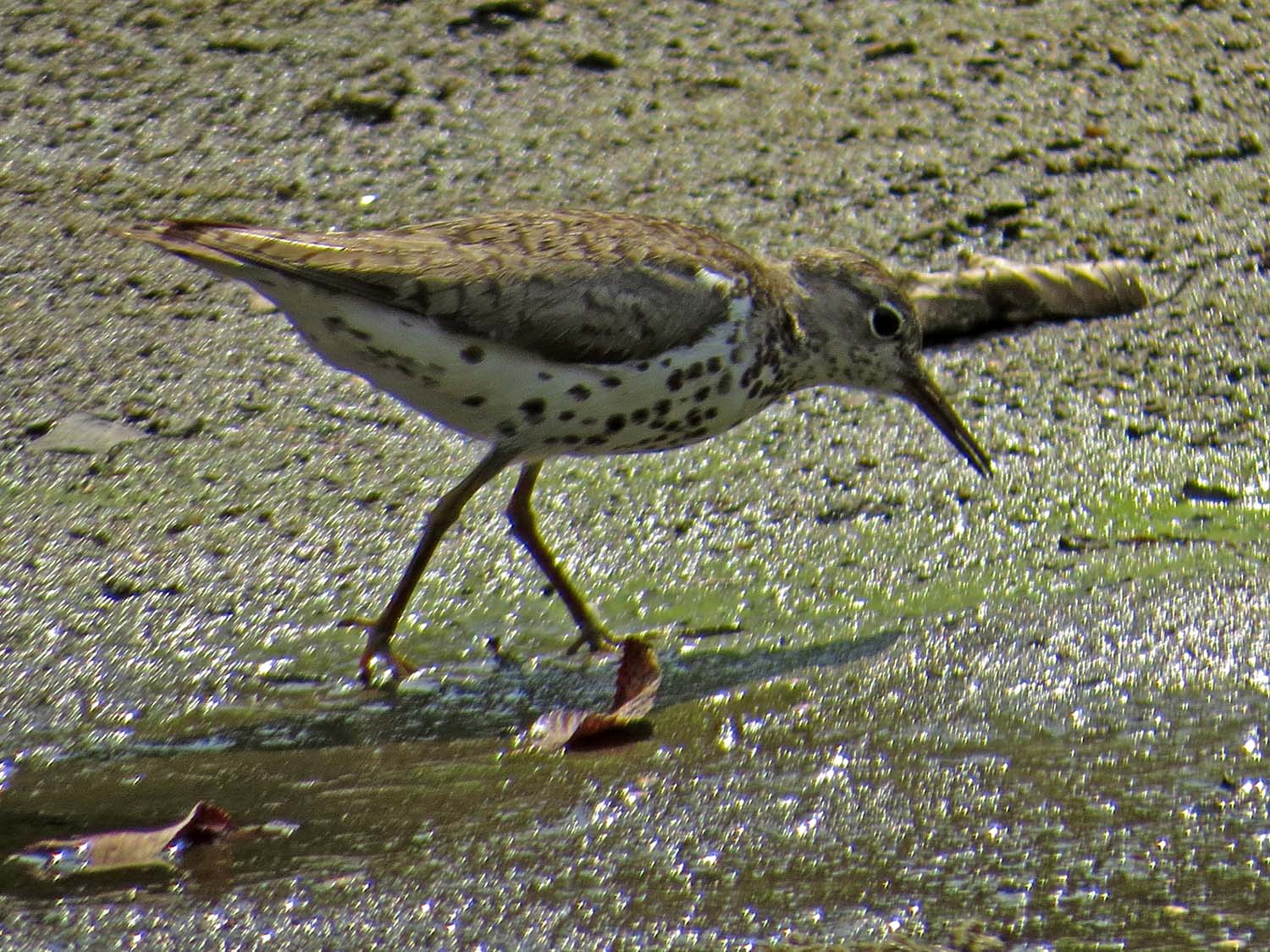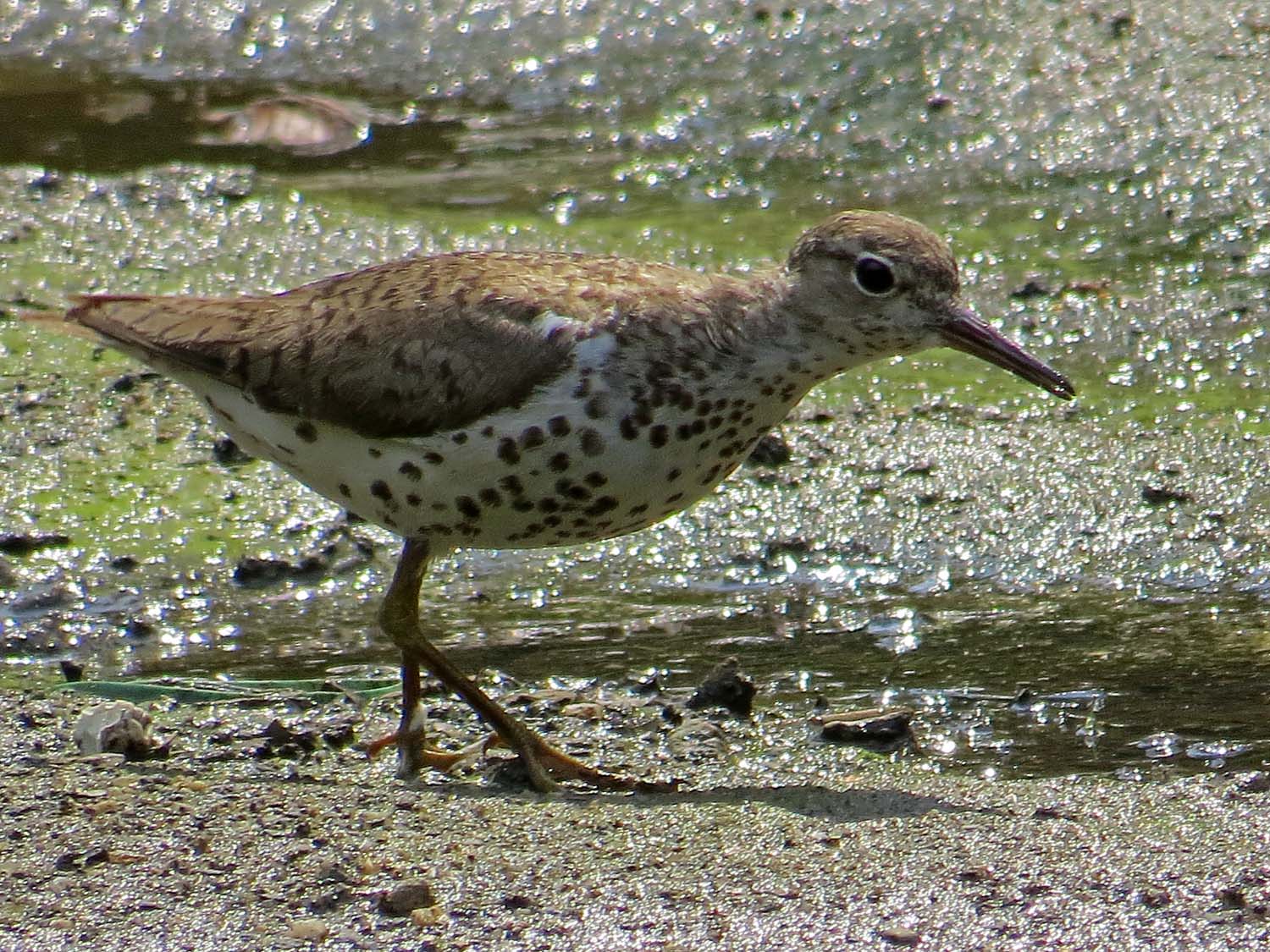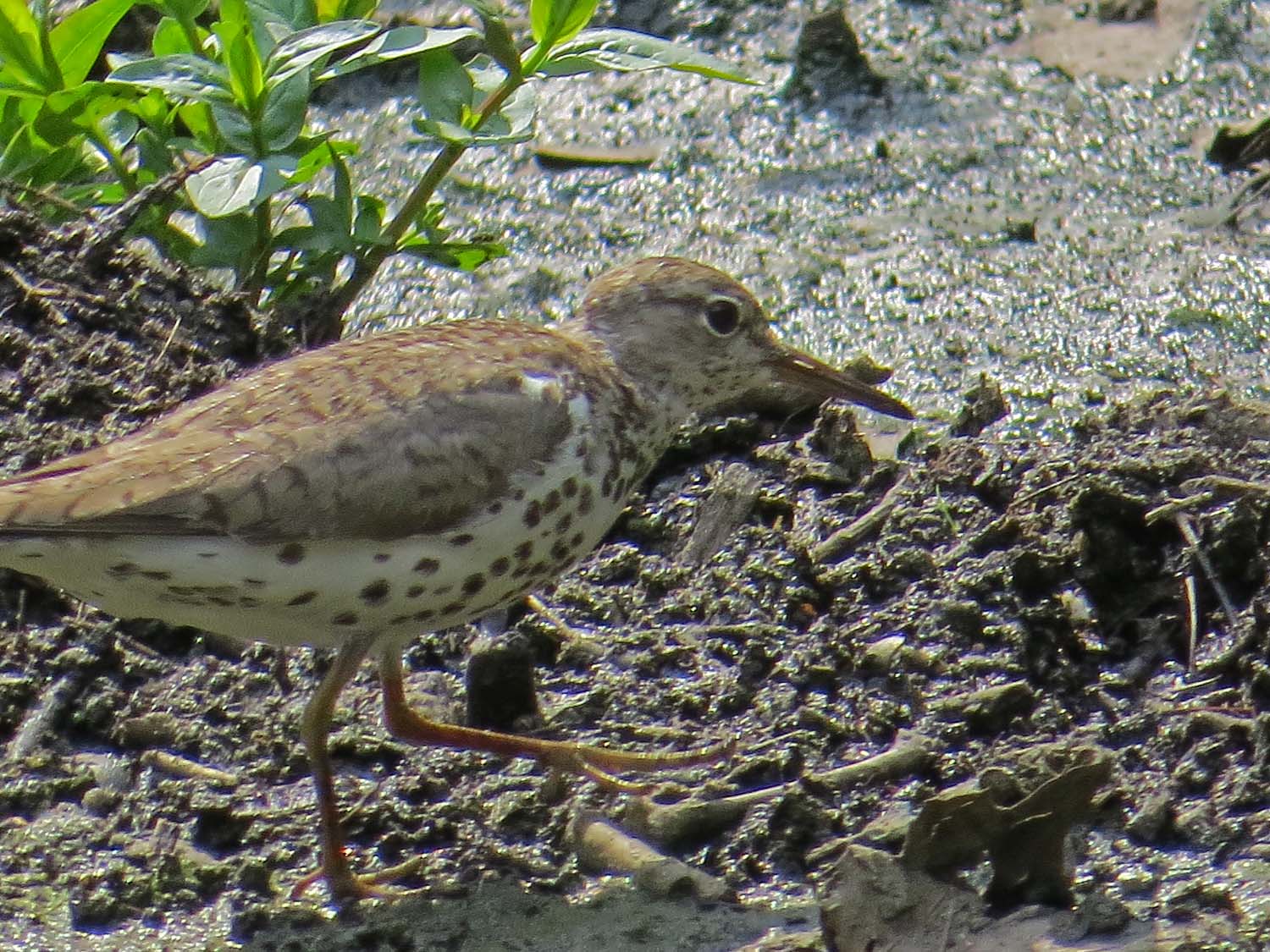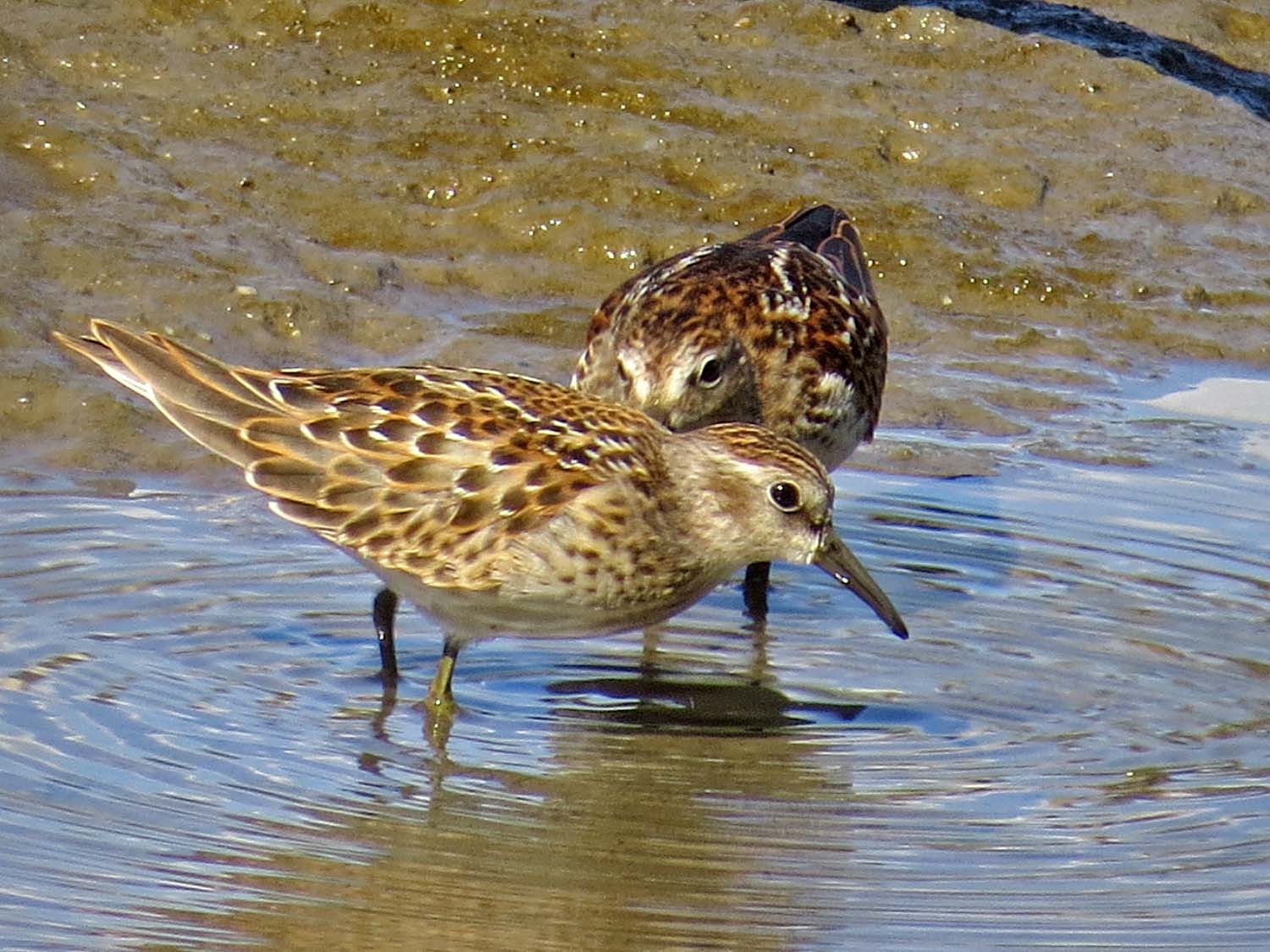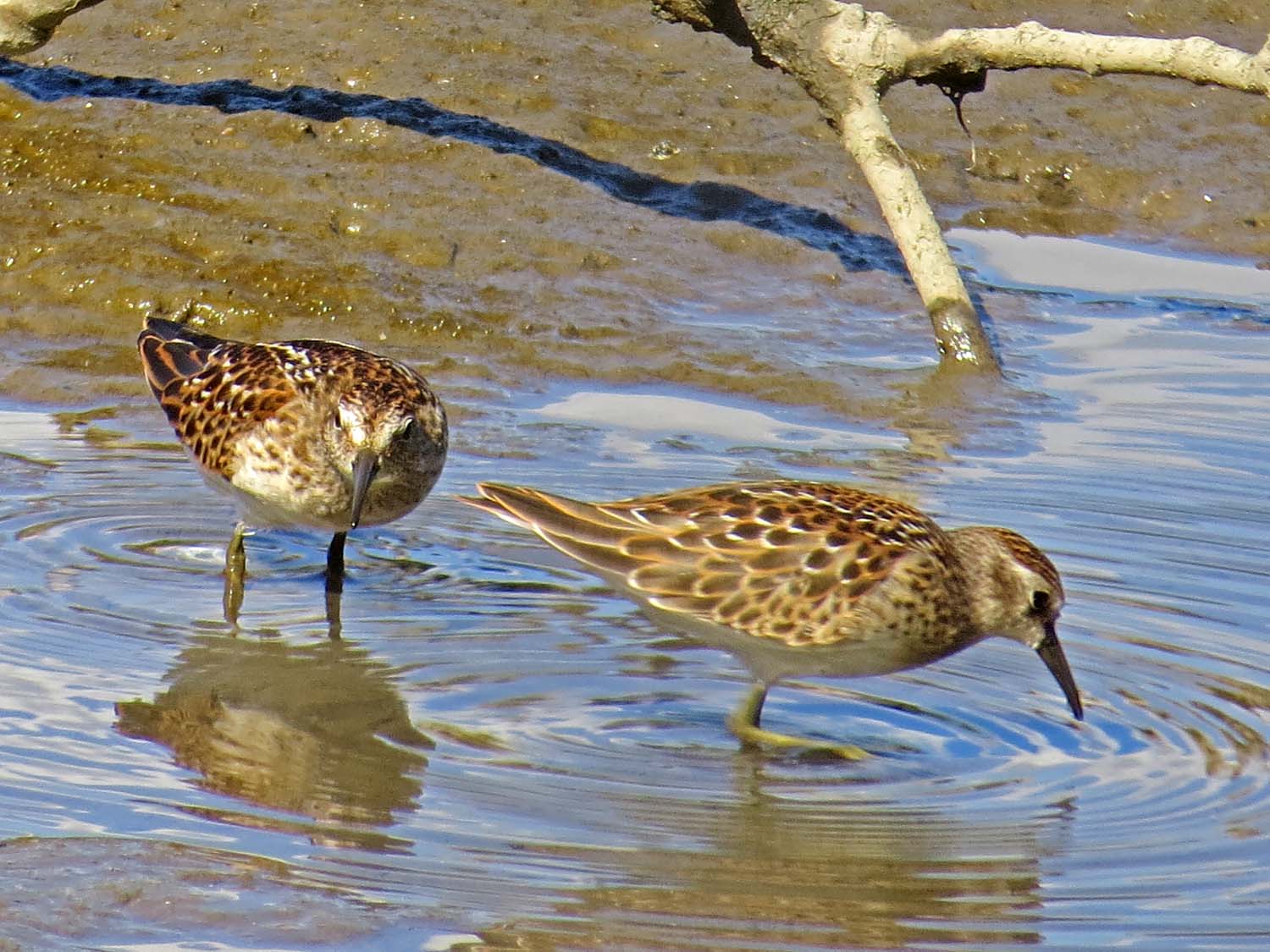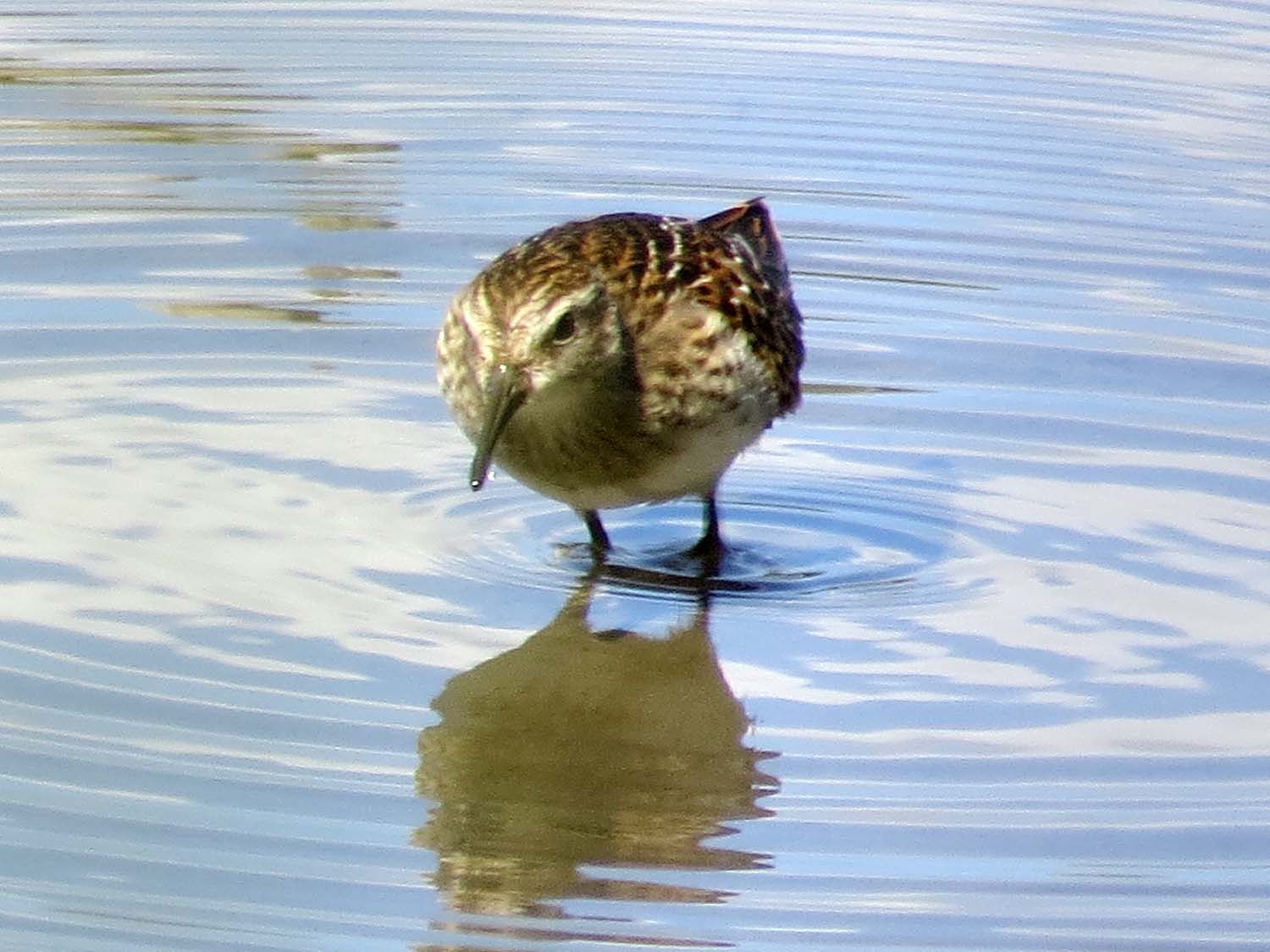These tree swallows (Tachycineta bicolor) are amazing aerialists. I watched them zip around the Jamaica Bay Wildlife Refuge on May 14 and 16, darting out over the trees and water, going in and out of the nesting boxes, perching occasionally on the boxes or on refuge signs, and mating on a tree branch. They are amazing songbirds, but unfortunately I didn't have the sound equipment to record their songs.
“There is no sorrow like the murmur of their wings
There is no choir like their song
There is no power like the freedom of their flight
While the swallows roam alone”
Tree Swallow, Jamaica Bay Wildlife Refuge, May 16, 2017
I set the Filming the Feathers video to music by Béla Bartók (Romanian Folk Dances, Sz. 56, arranged for recorders, performed by Papalin) and Pyotr Il'yich Tchaikovsky (the Scherzo Pizzicato movement of Symphony No. 4, F Minor, Op.36, credited to European Archives), both pieces obtained from MusOpen.org, a royalty-free music source.
“Even the sparrow has found a home,
And the swallow a nest for herself,
Where she may lay her young—”
I was able to photograph these beautiful blue birds on both days at the refuge.
“True hope is swift, and flies with swallow’s wings.
Kings it makes gods, and meaner creatures kings.”


